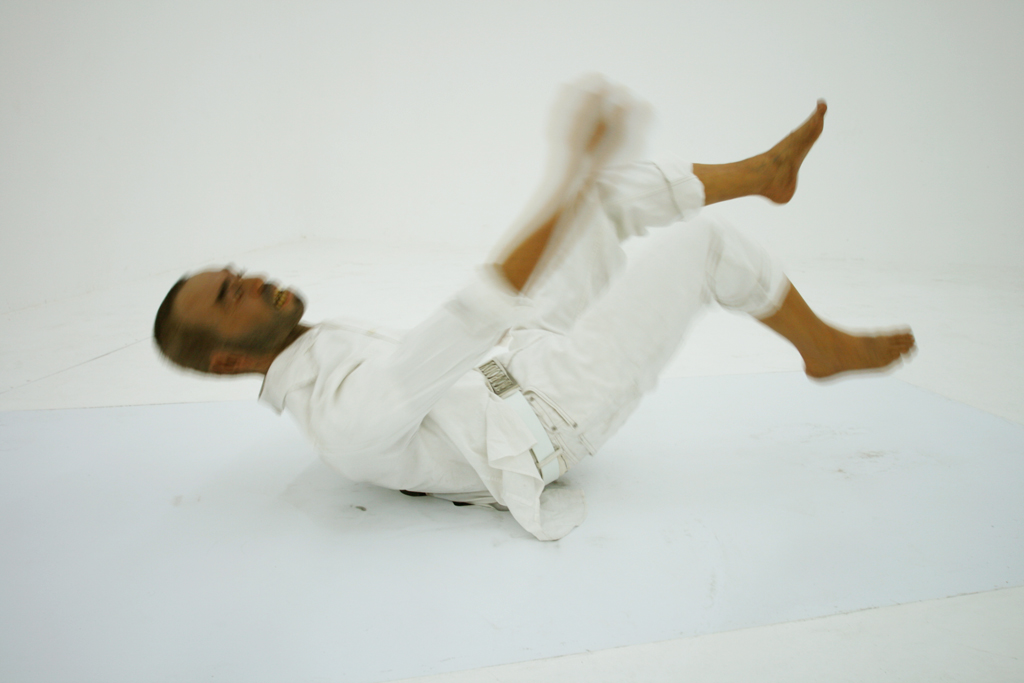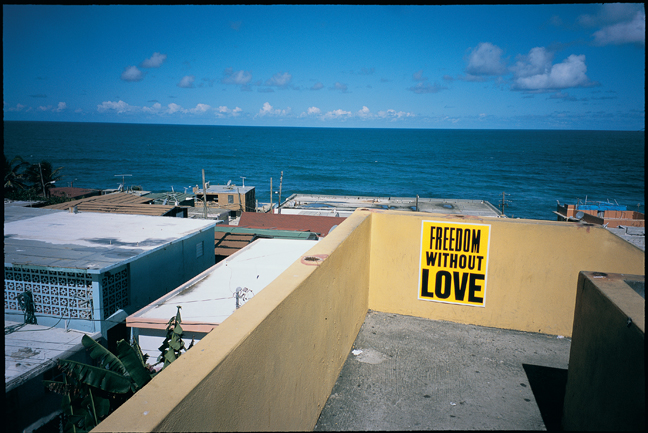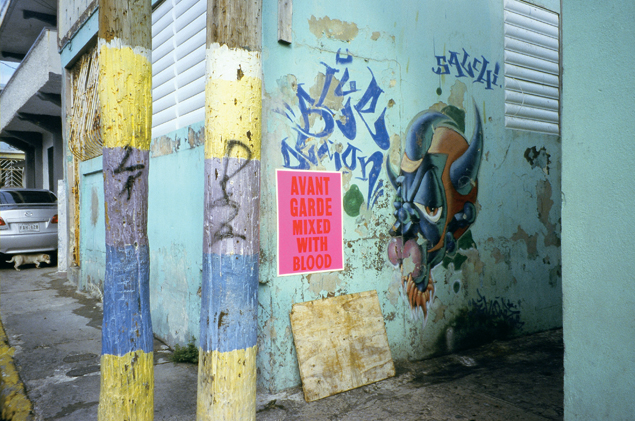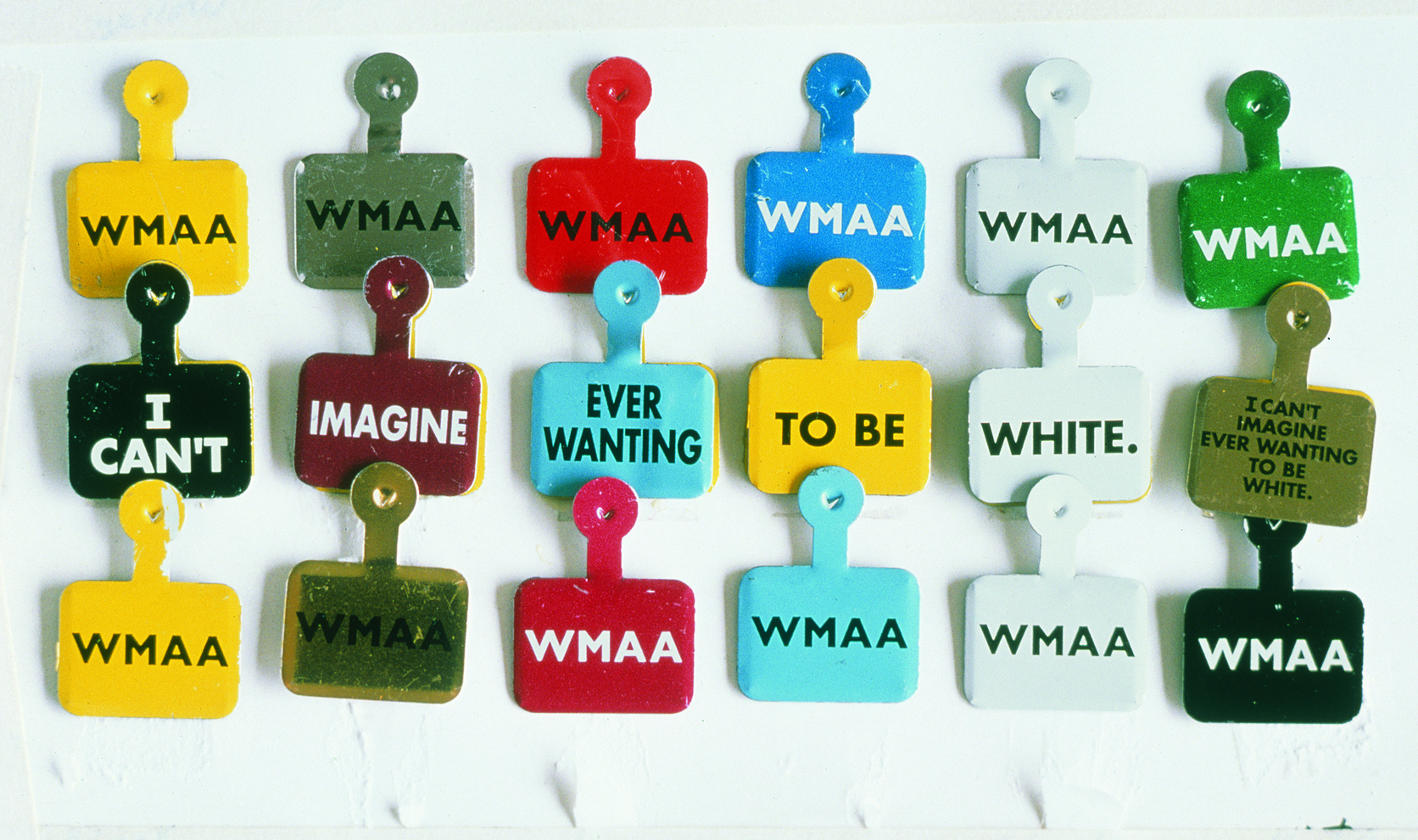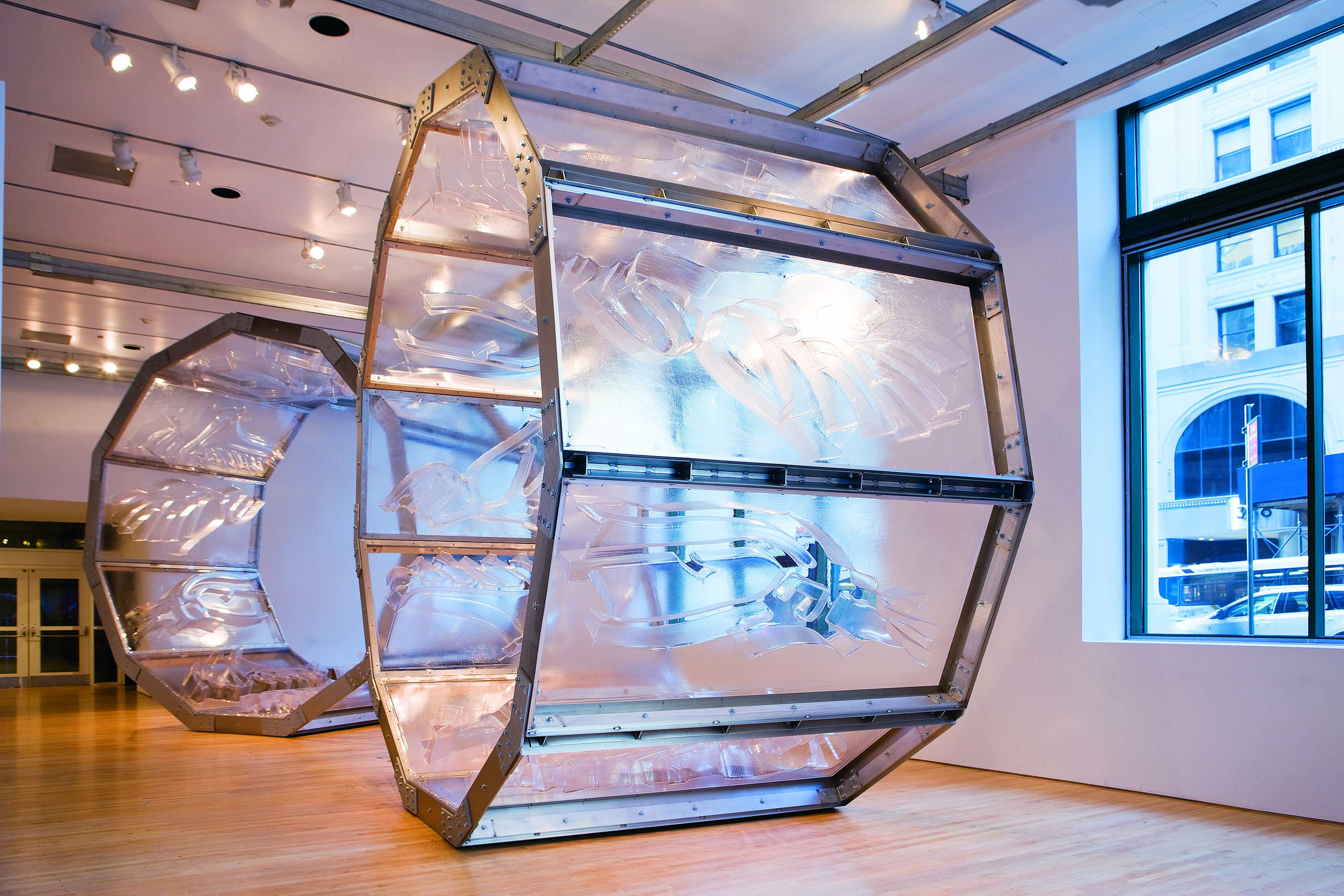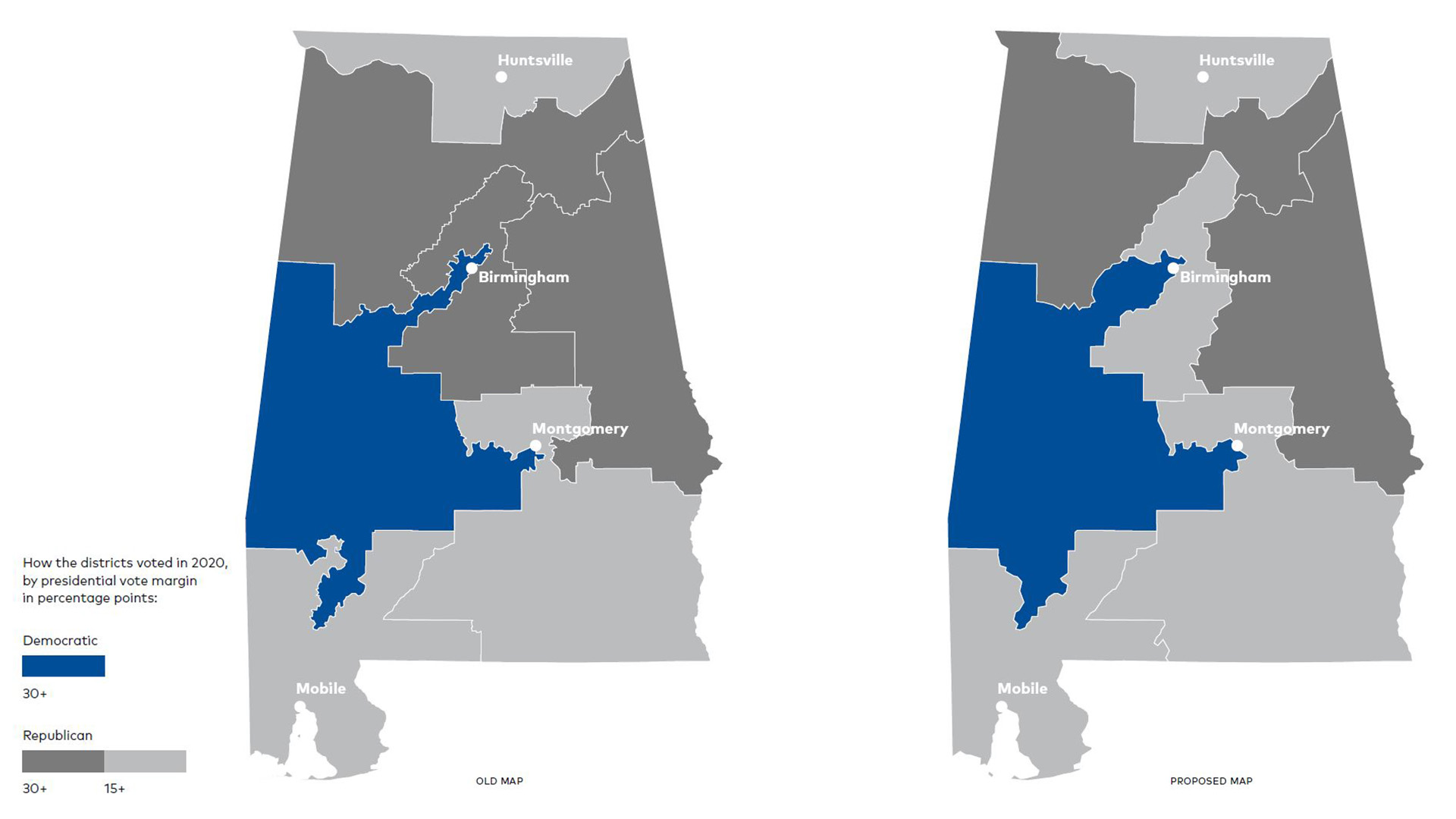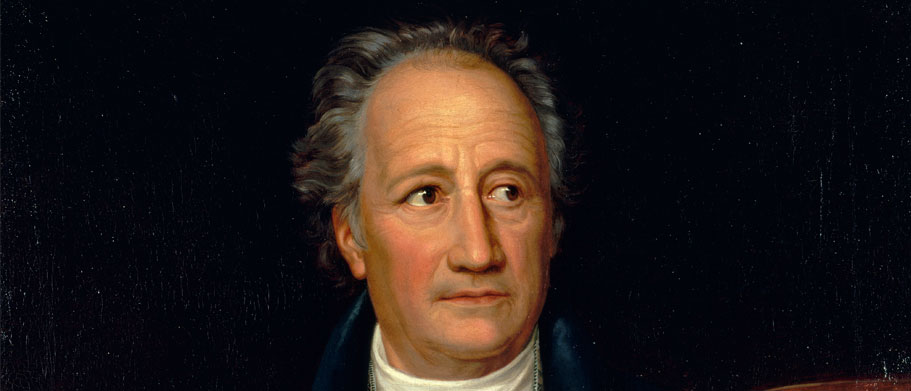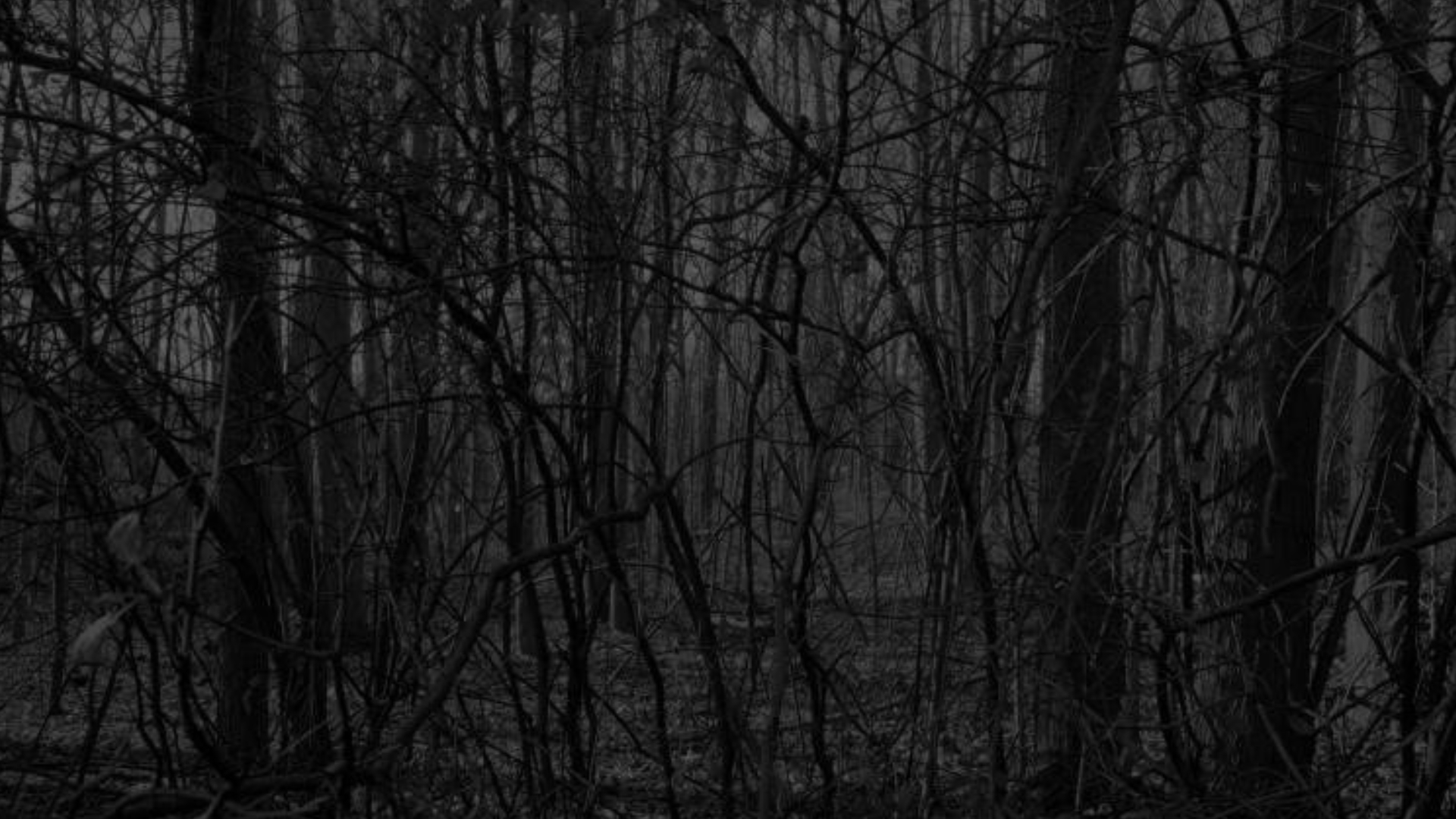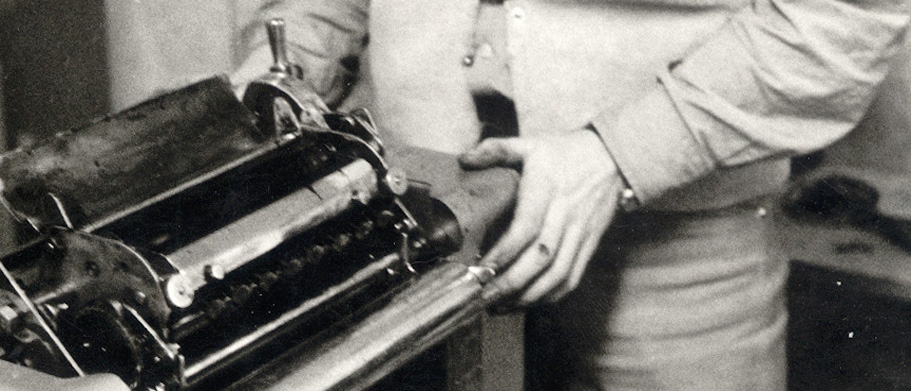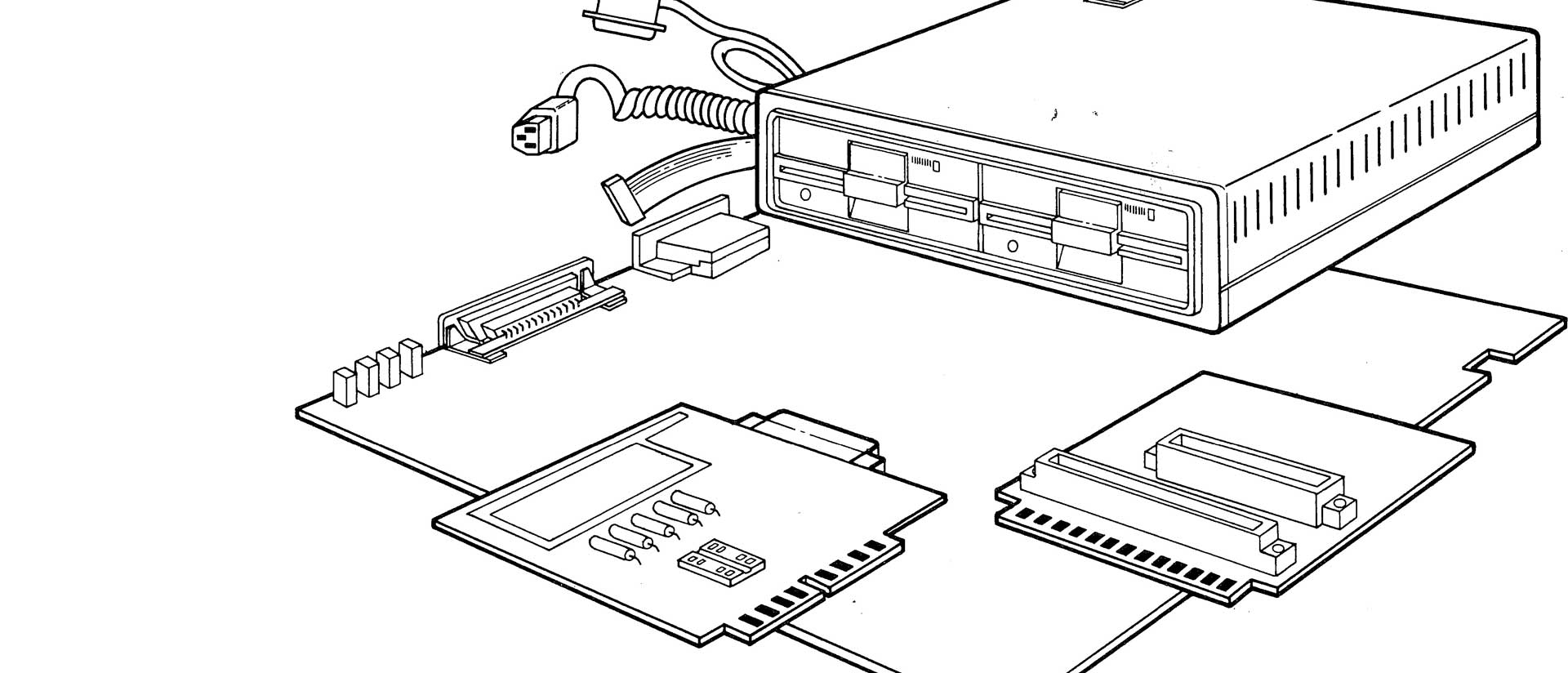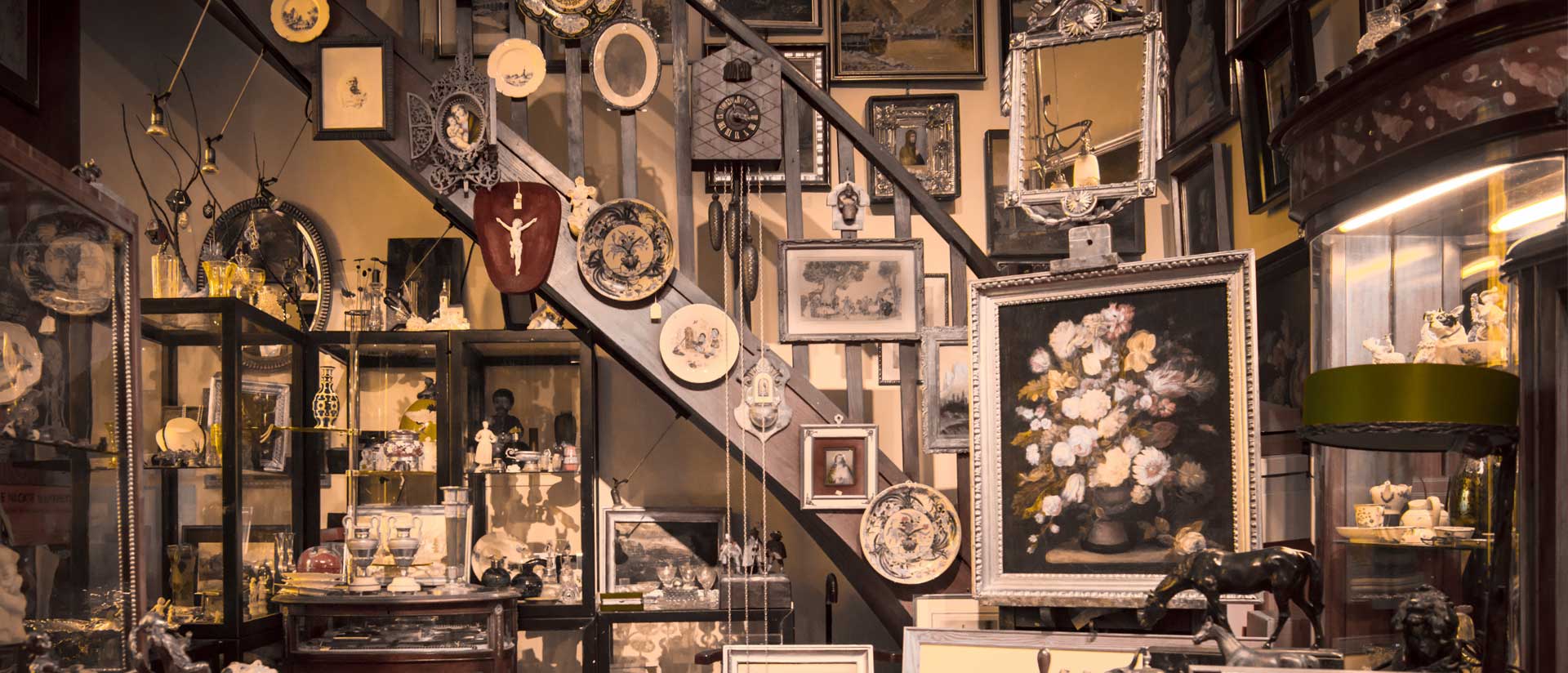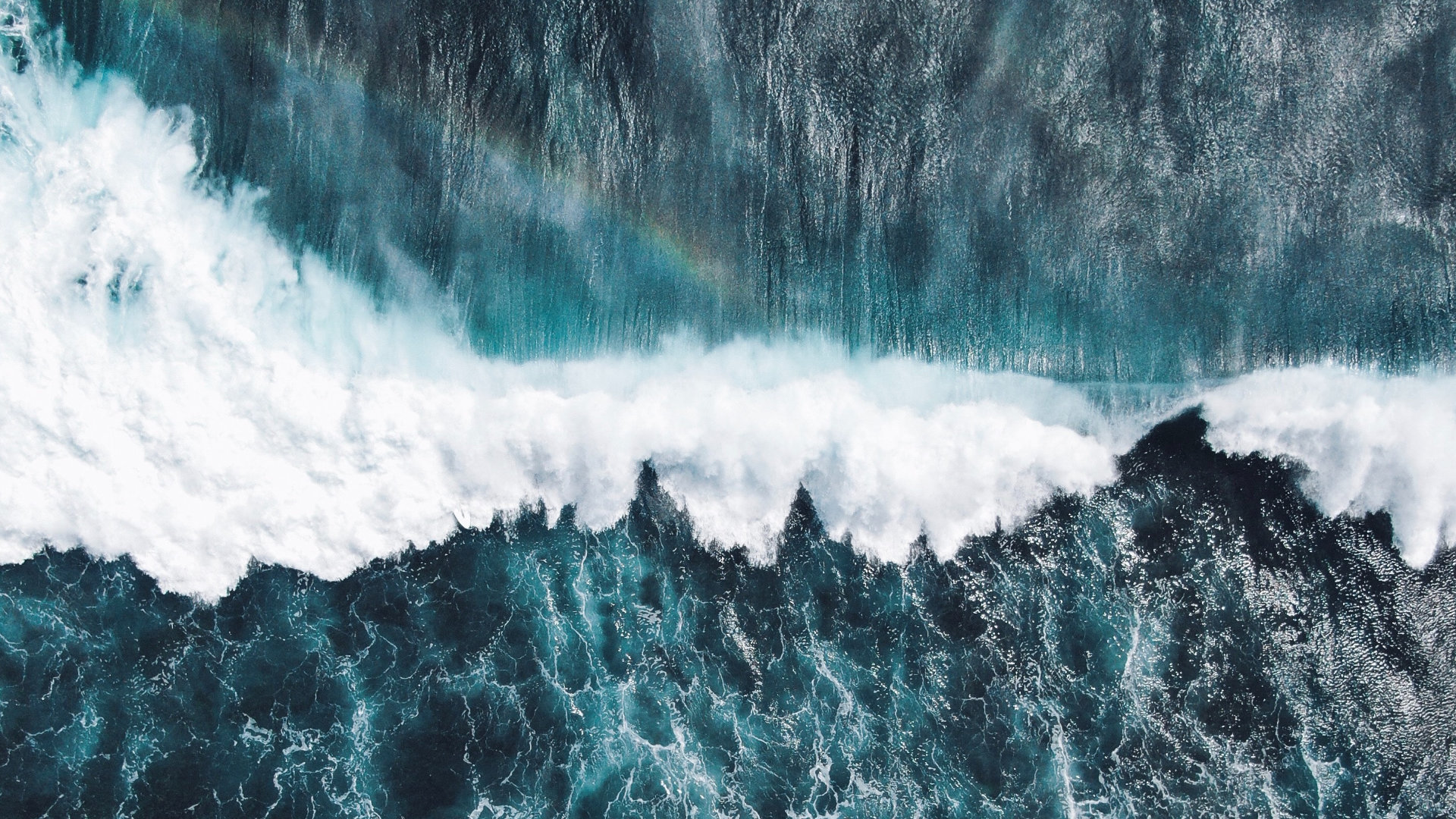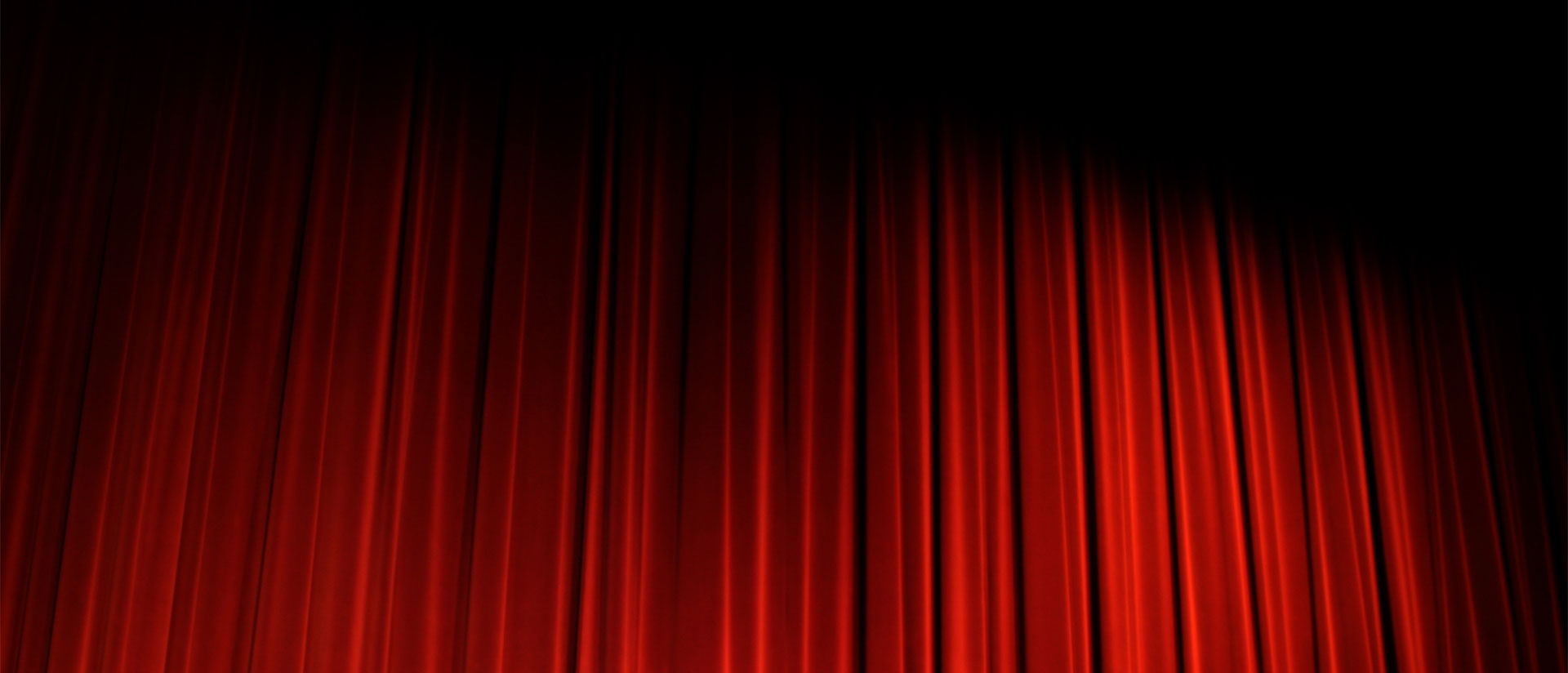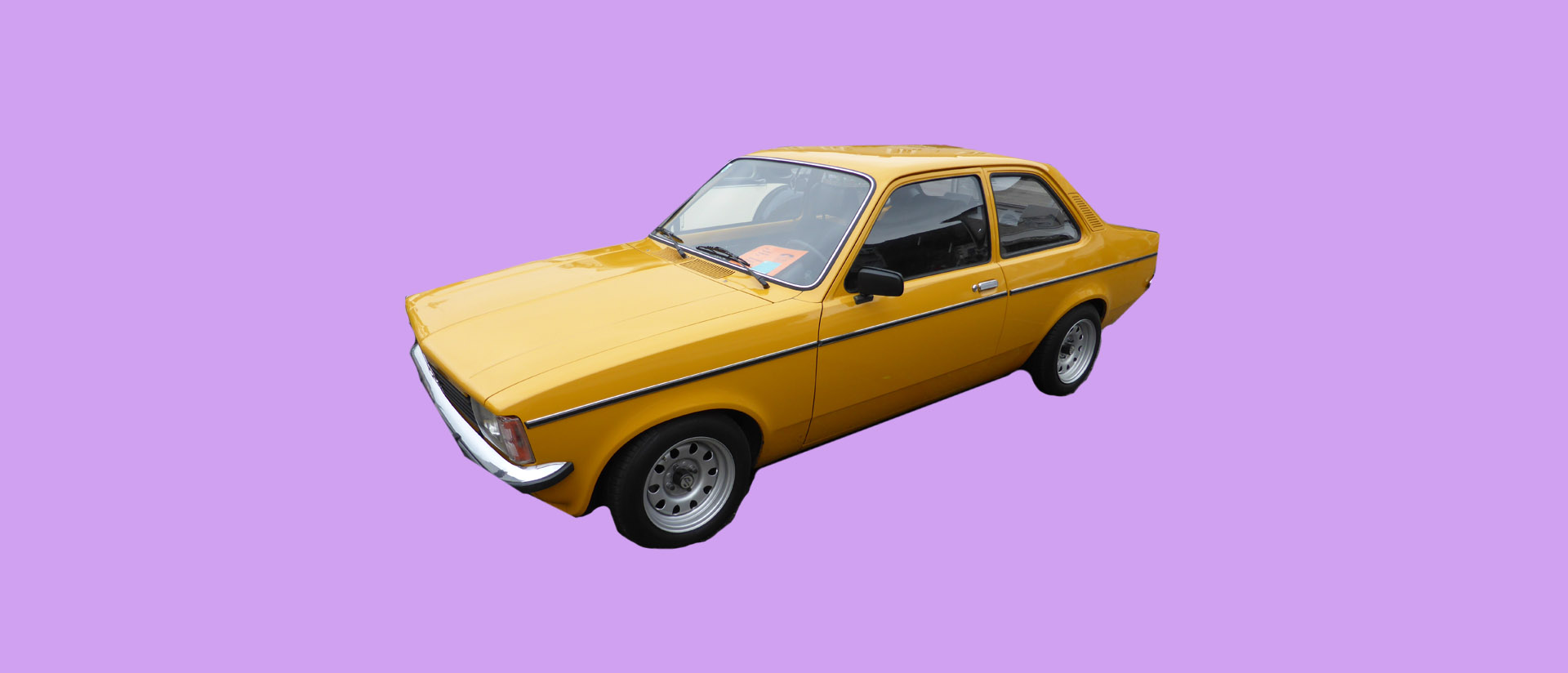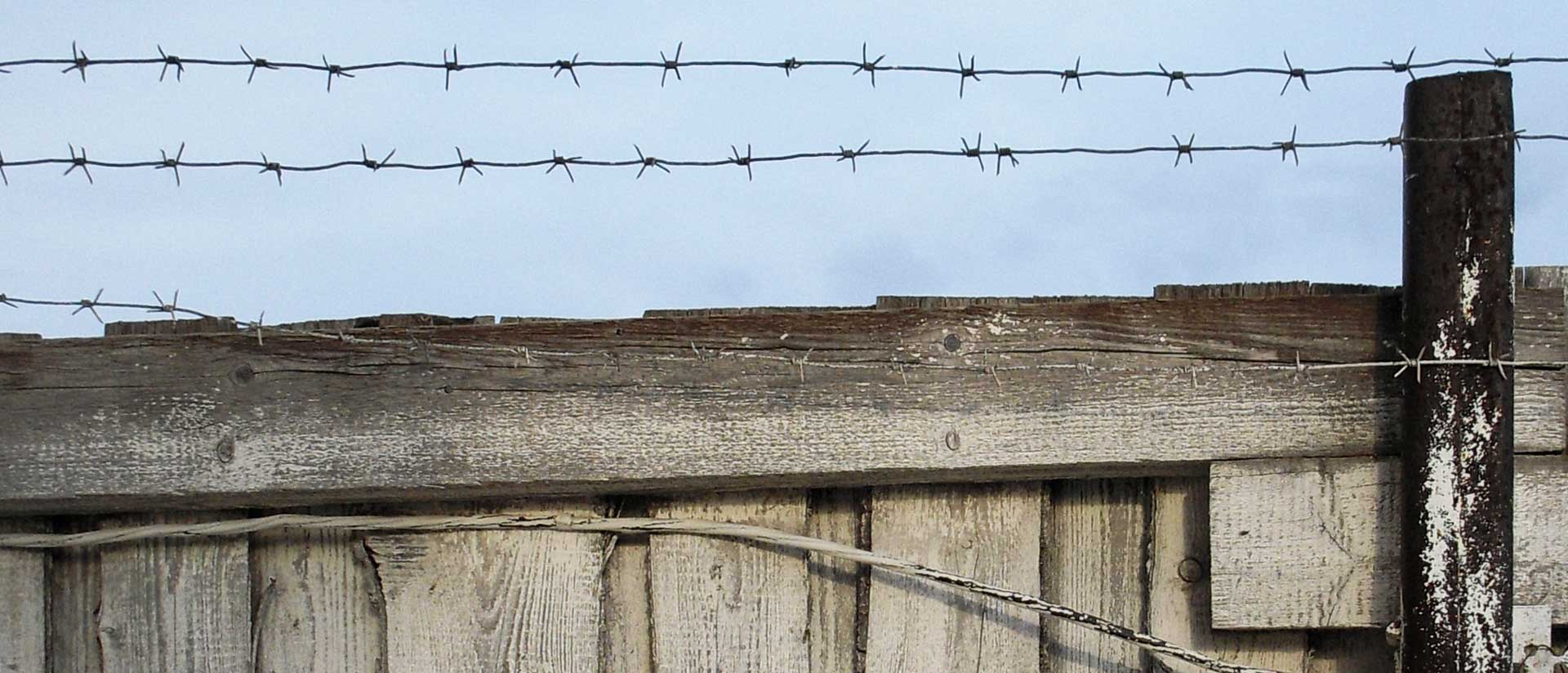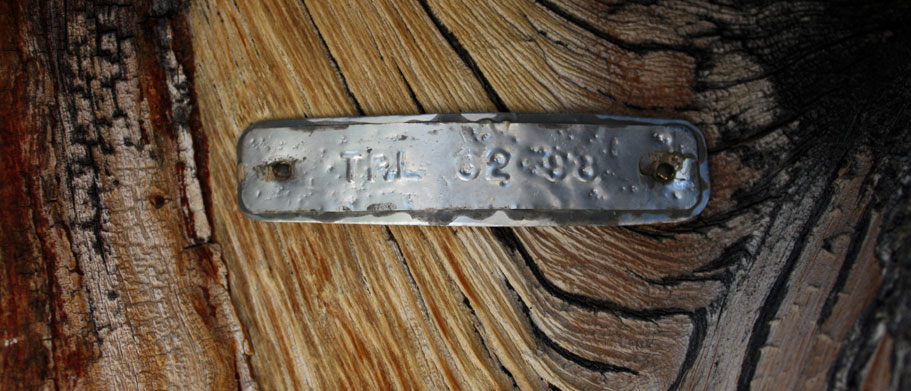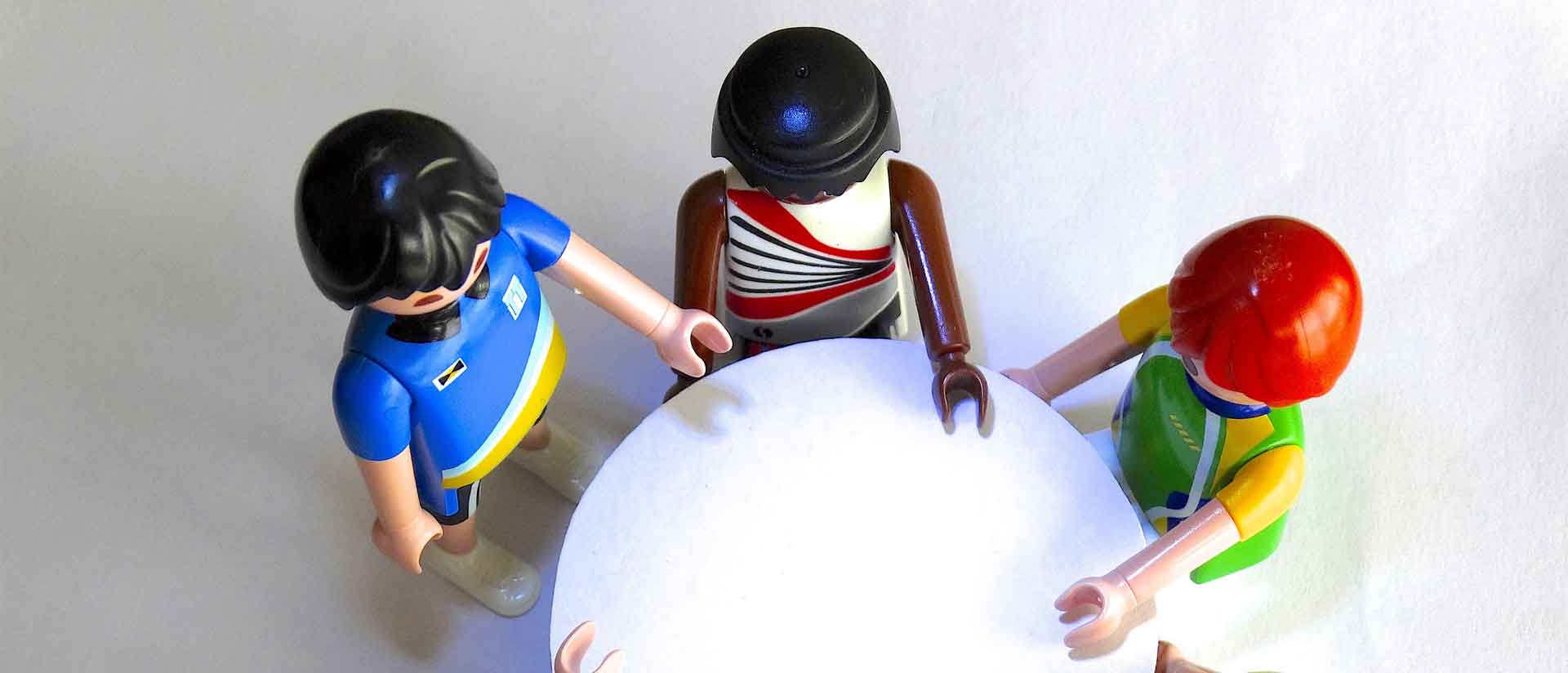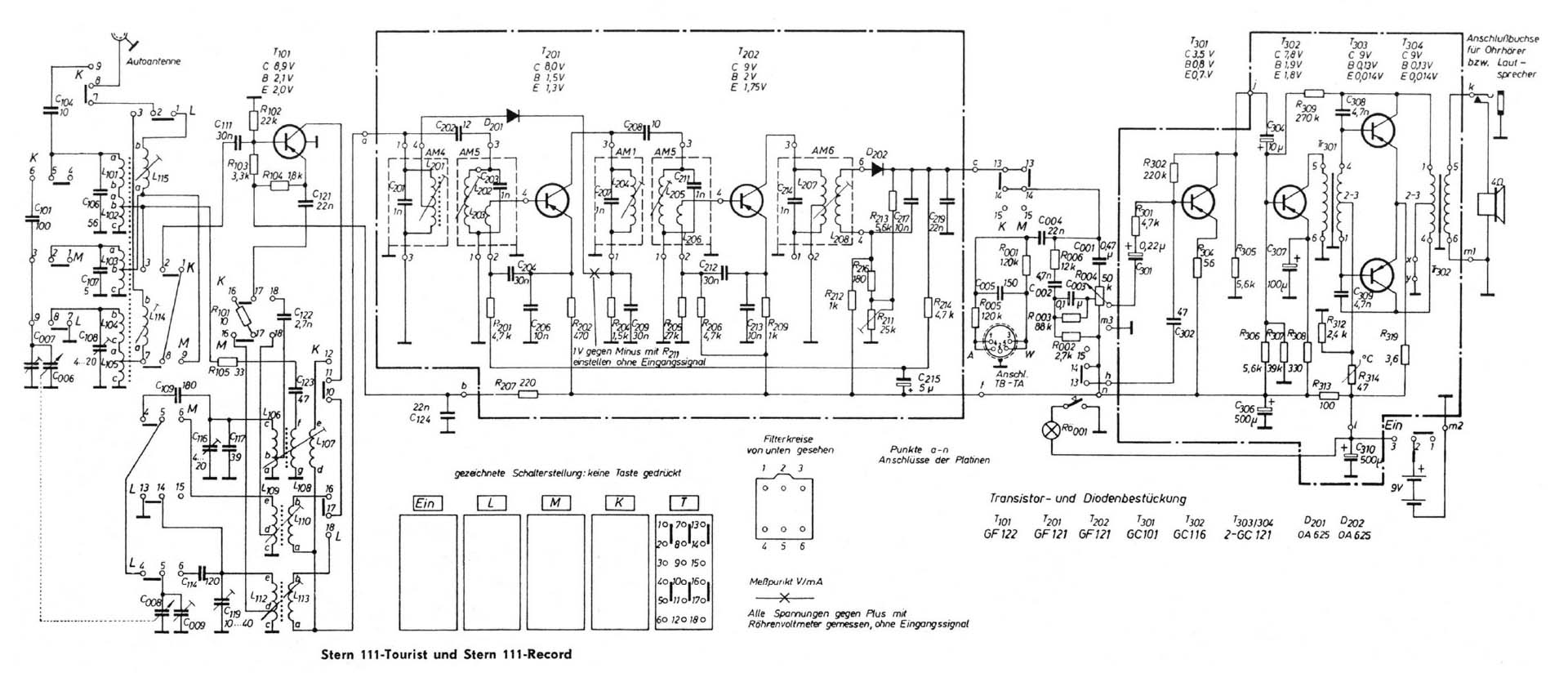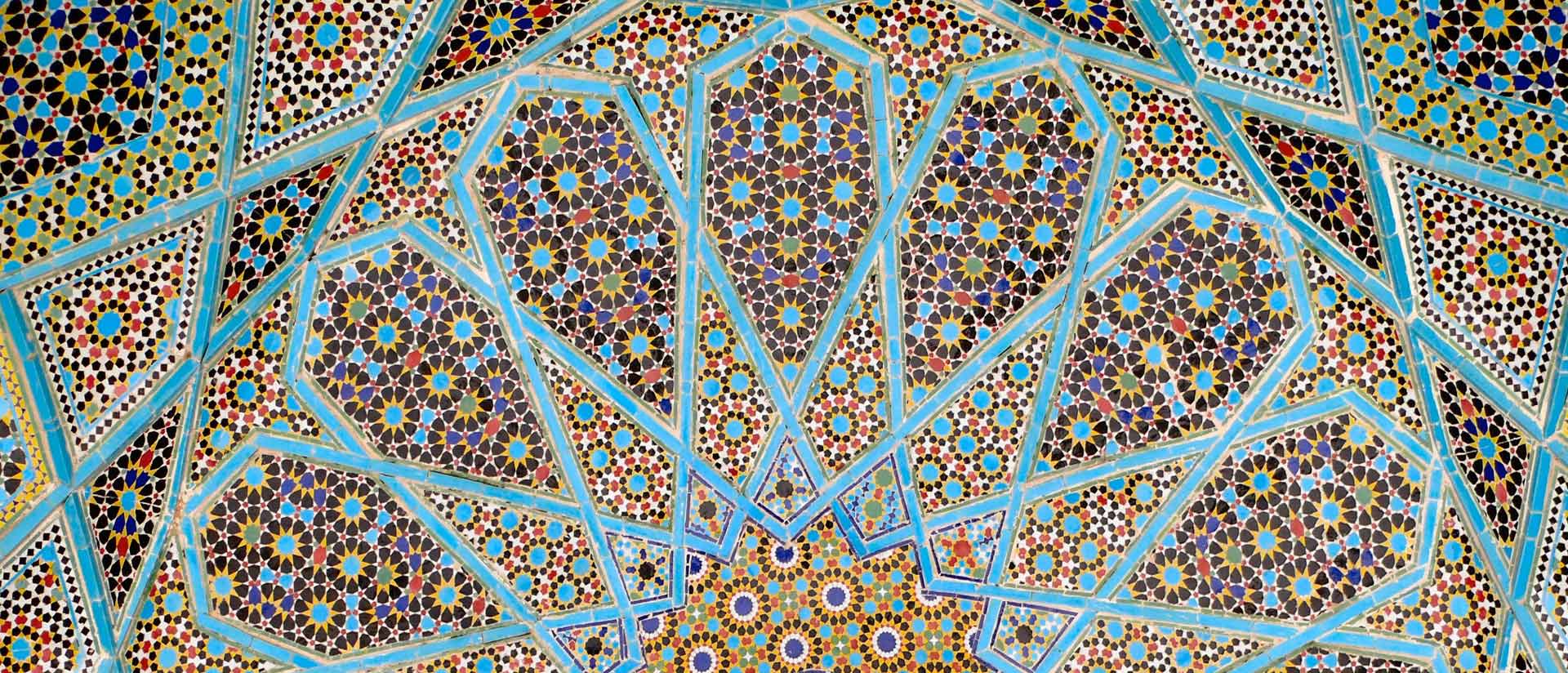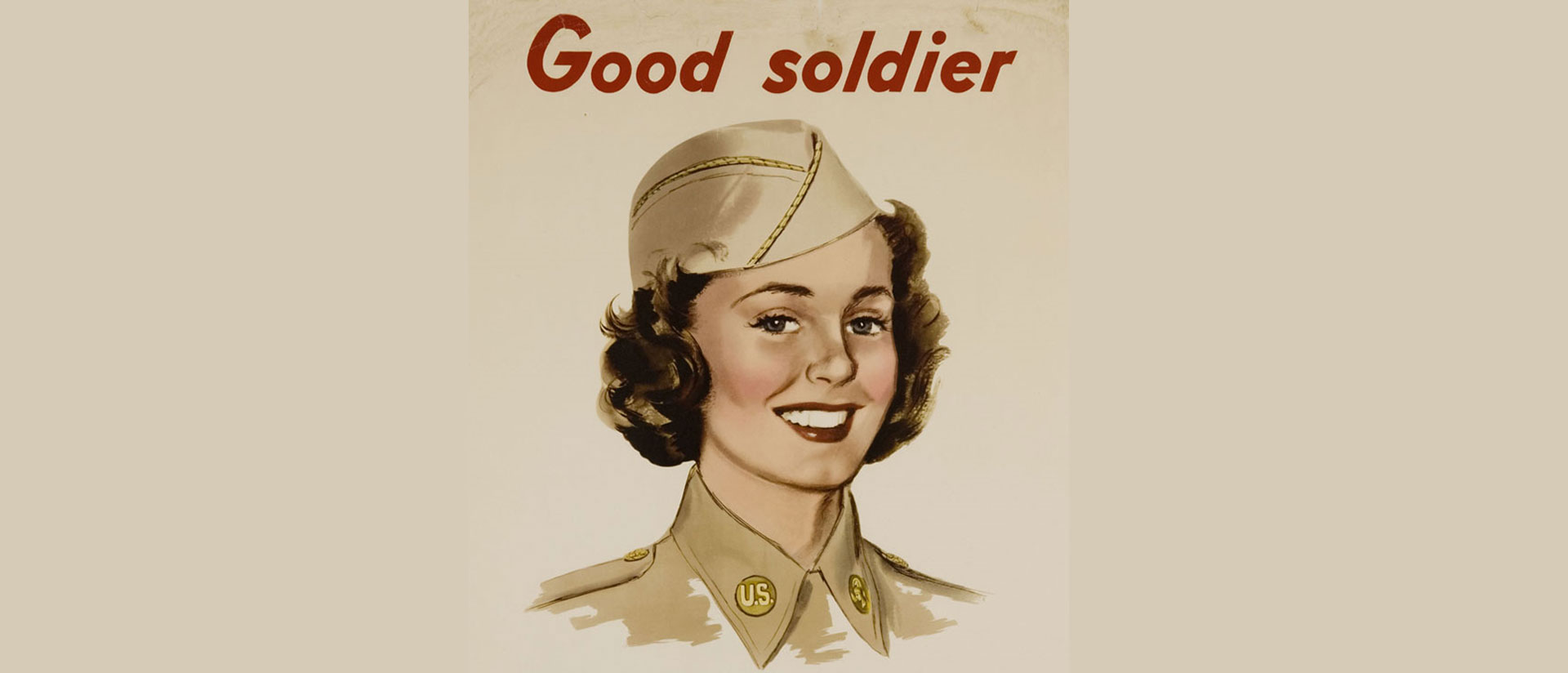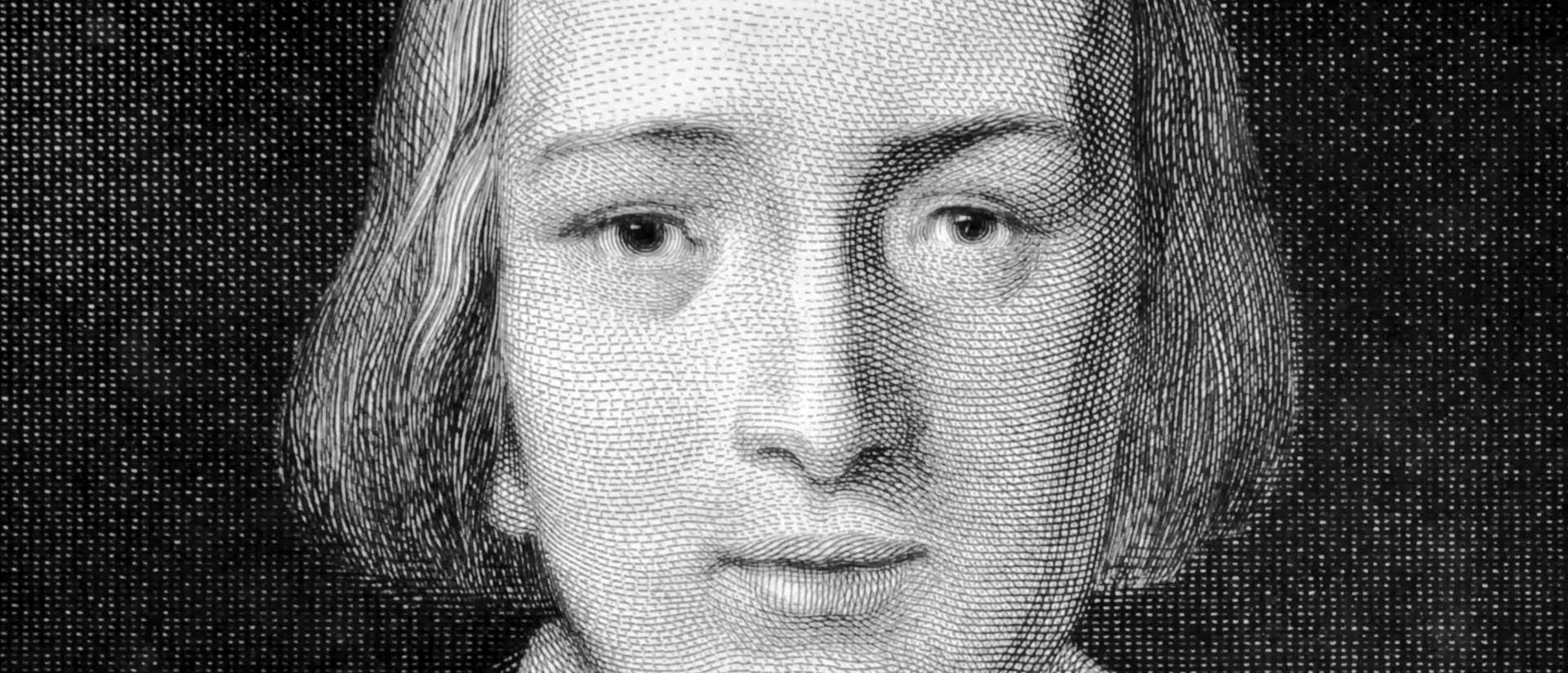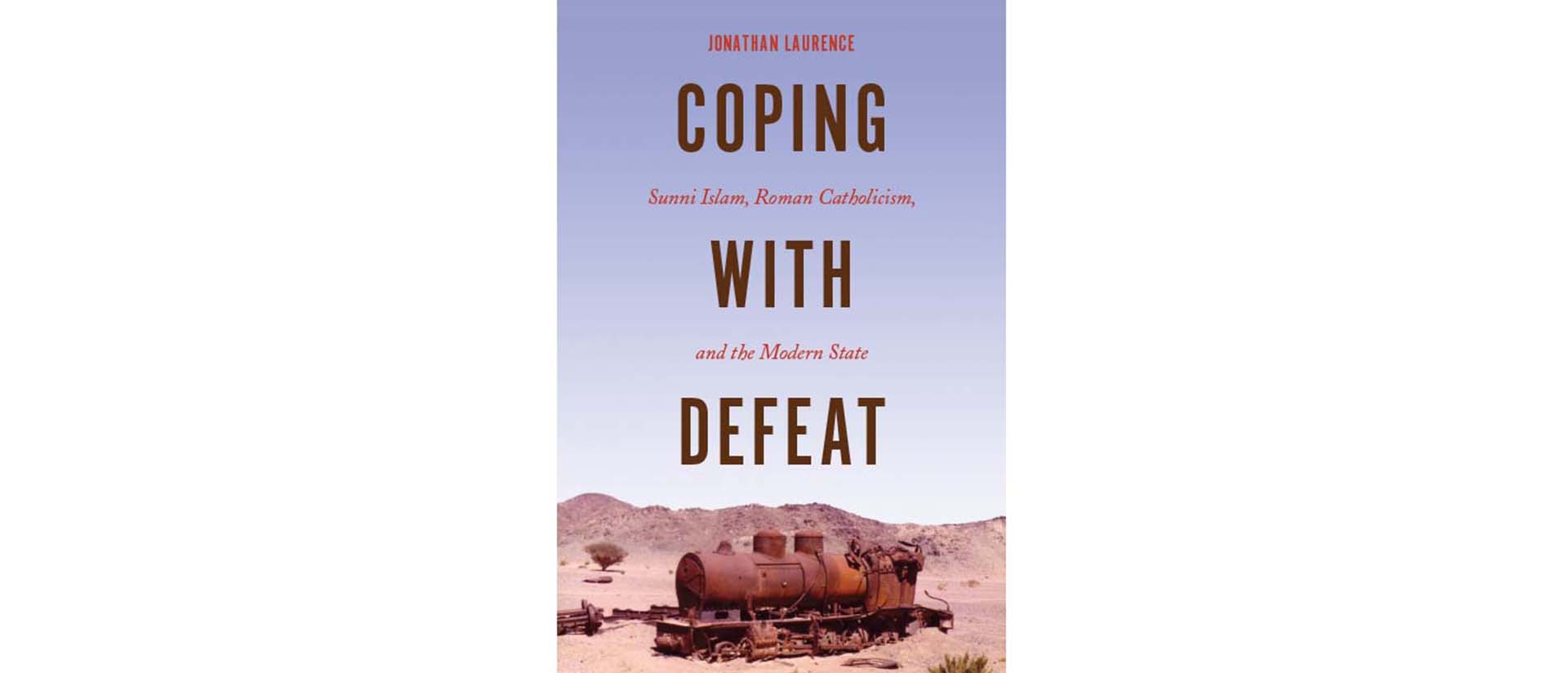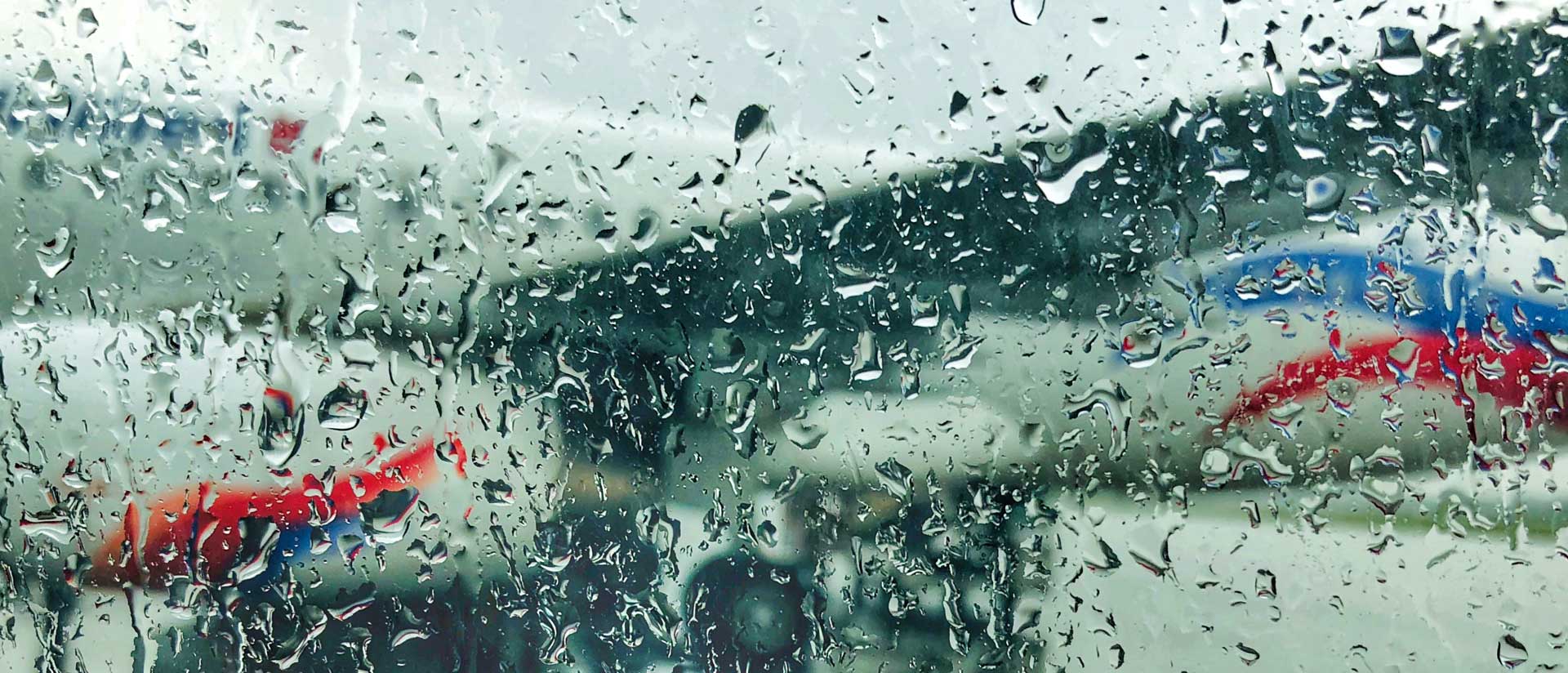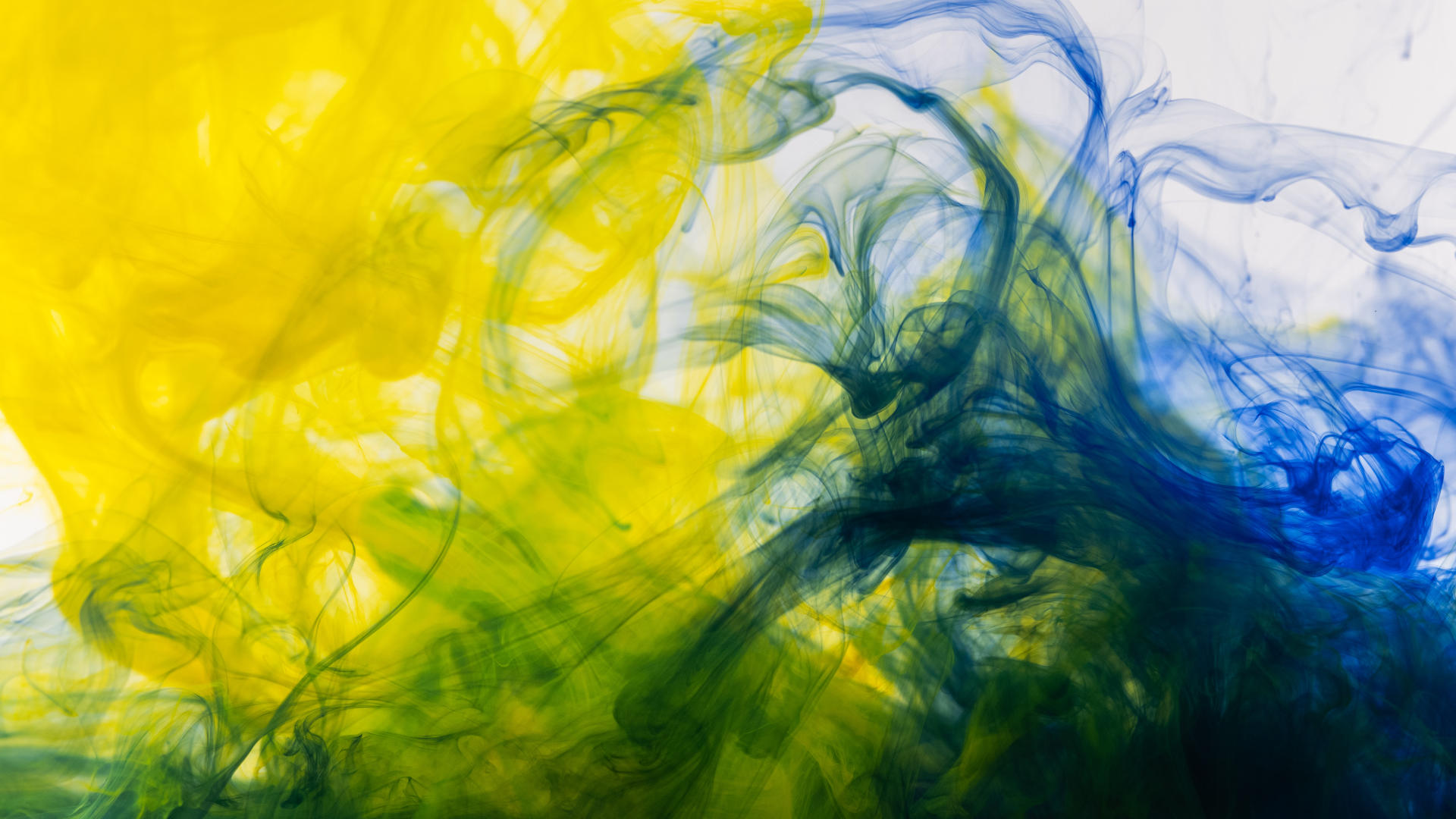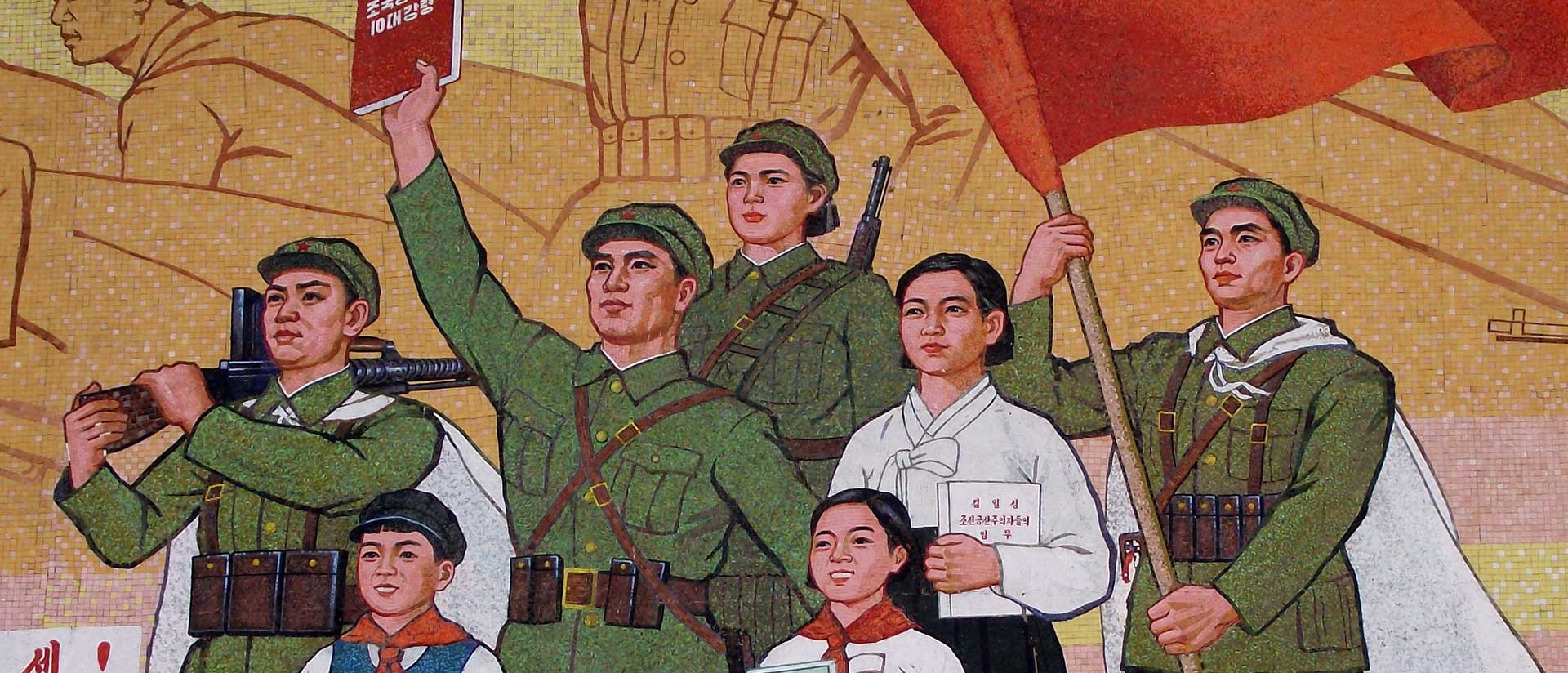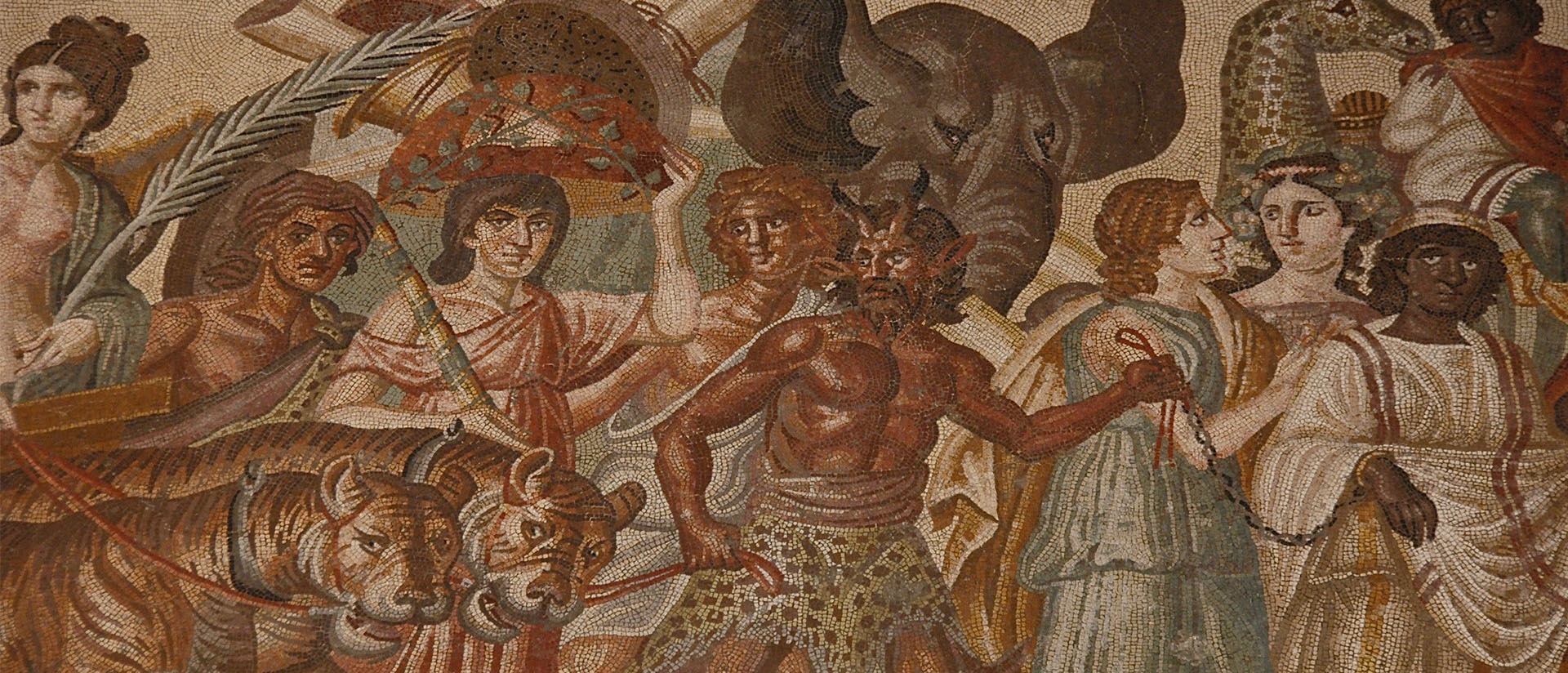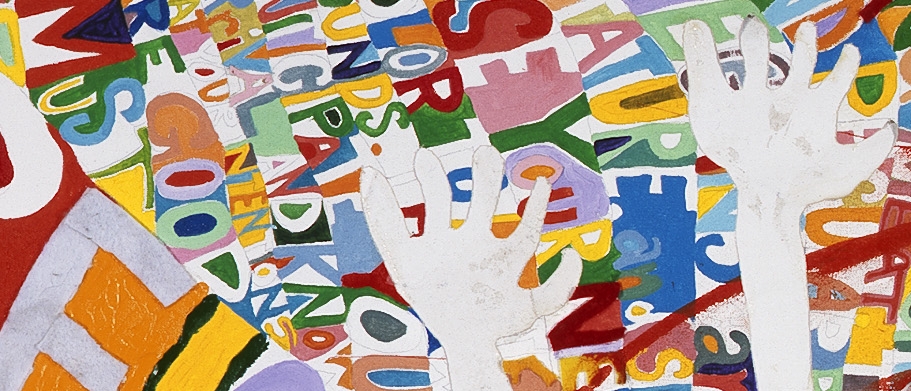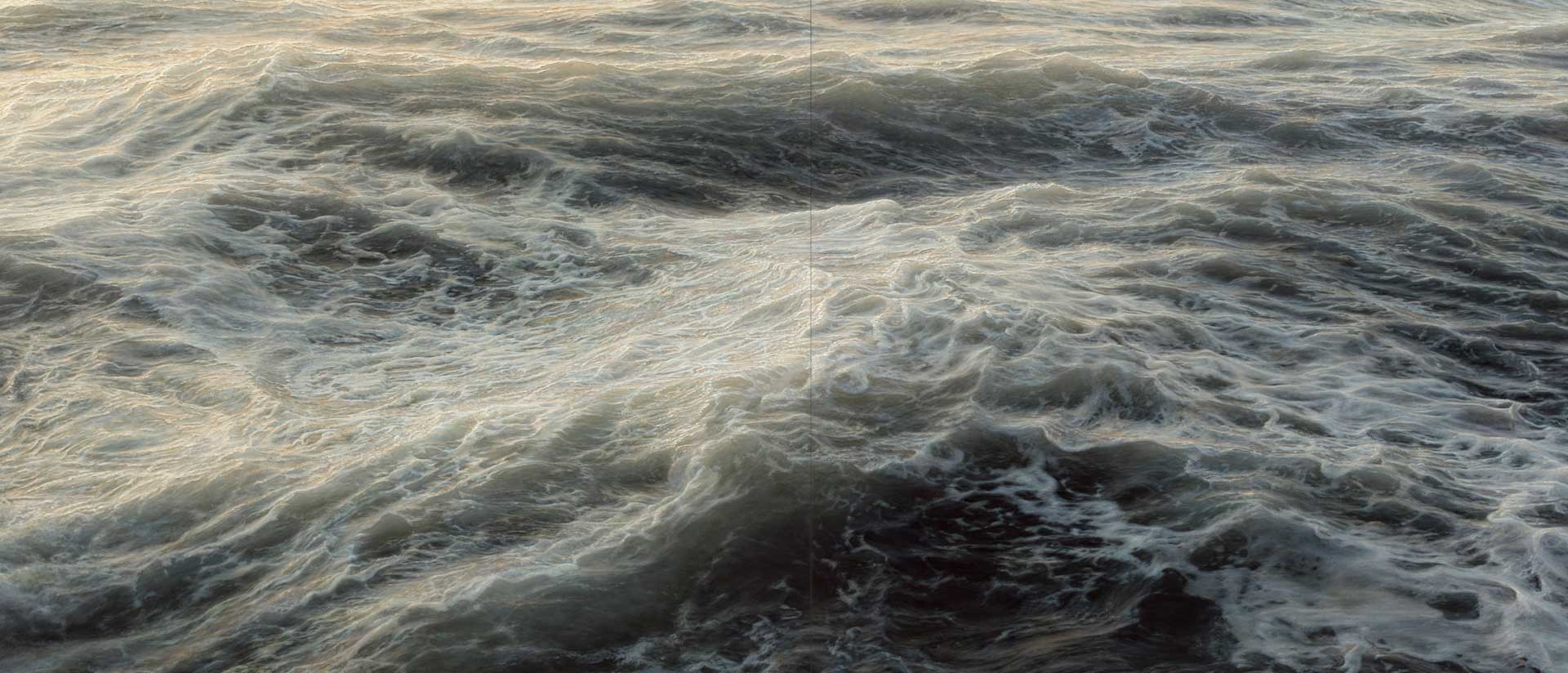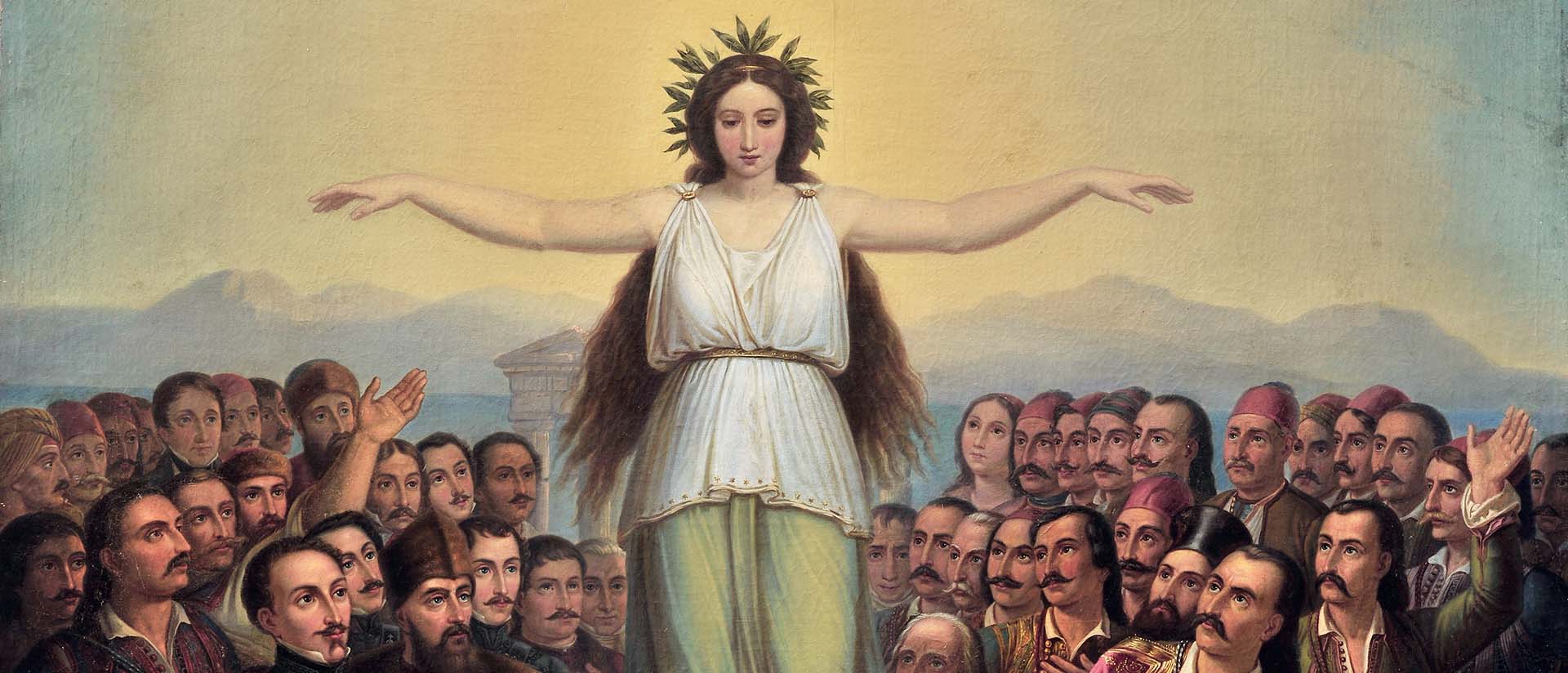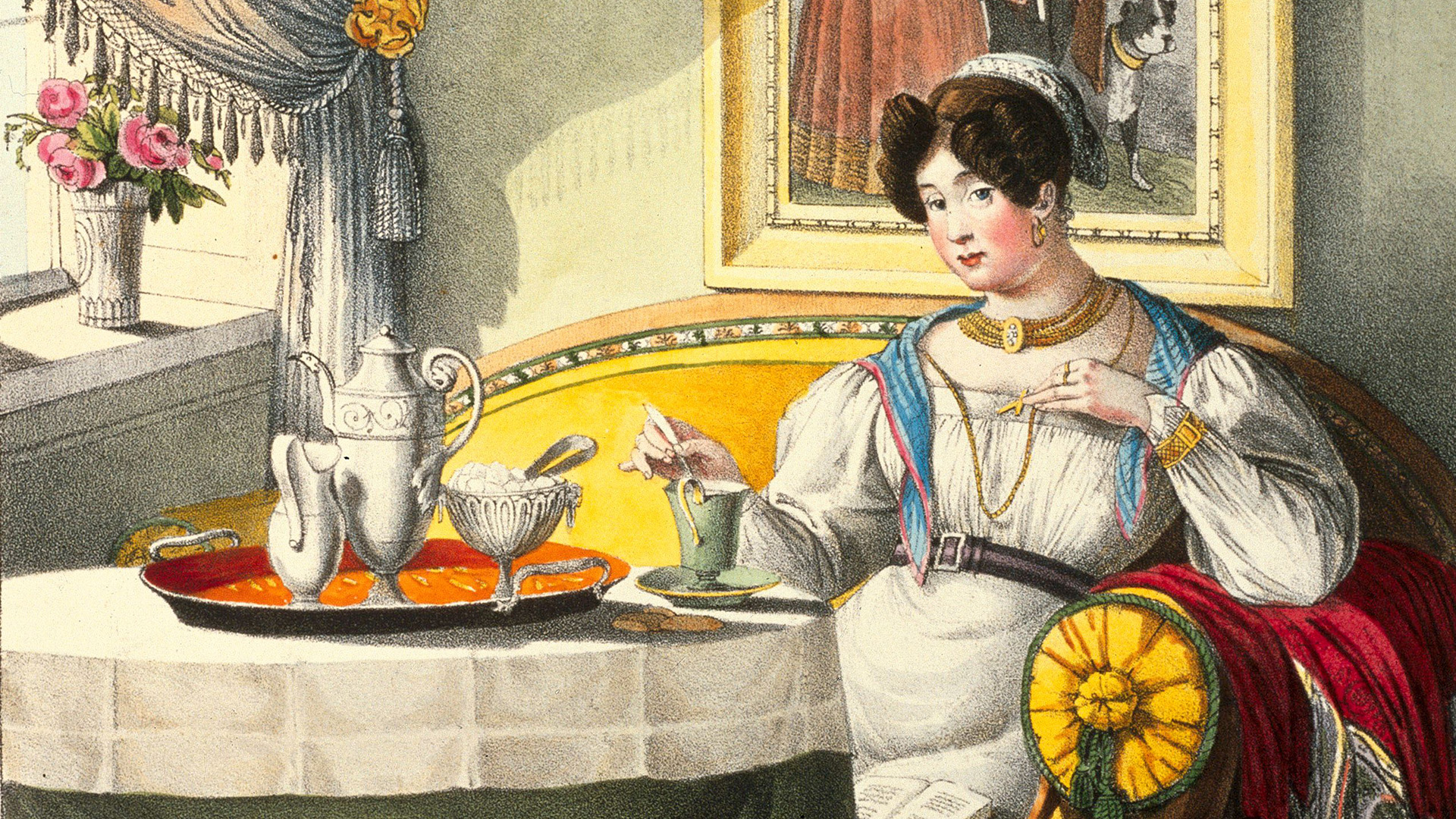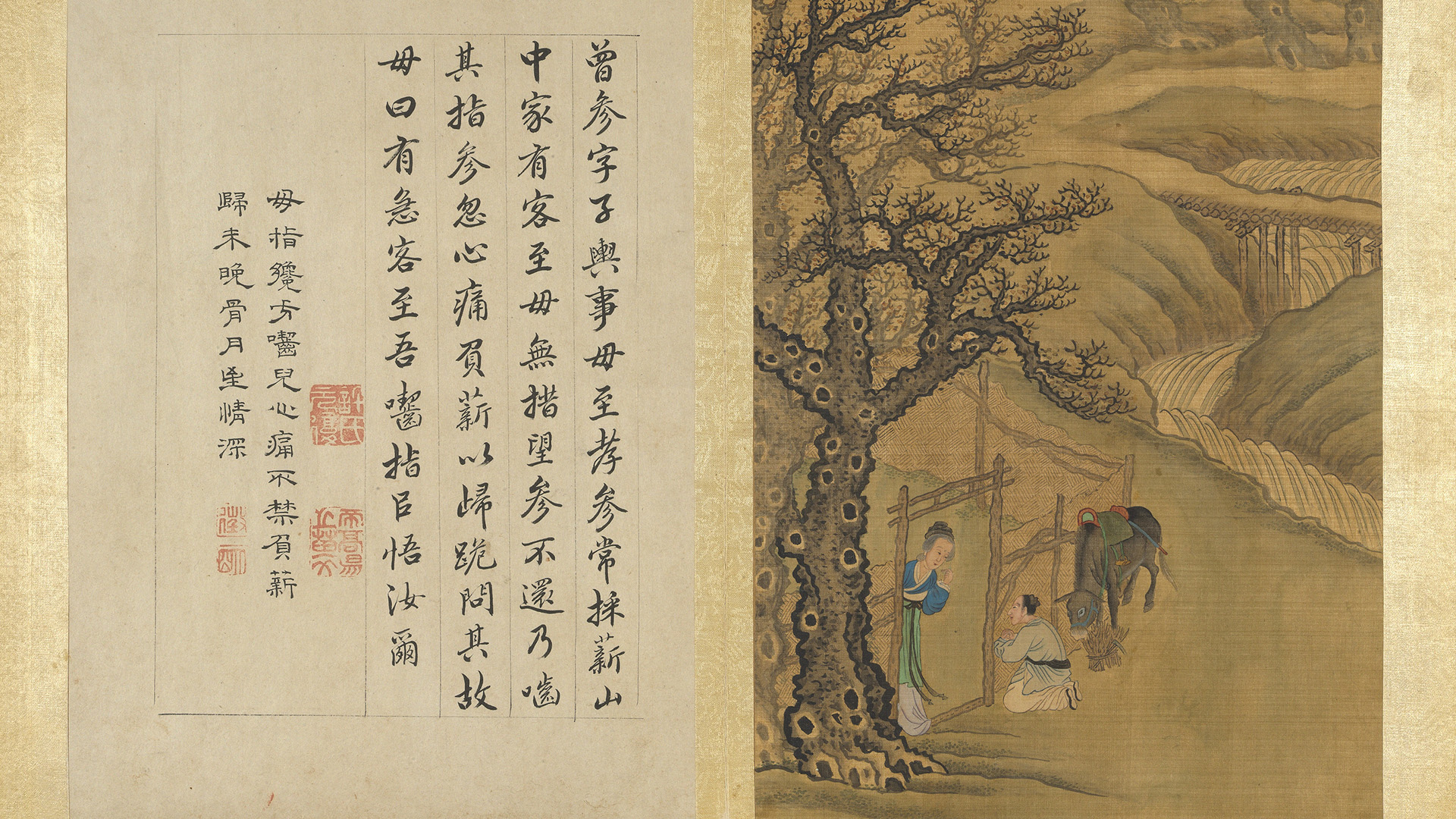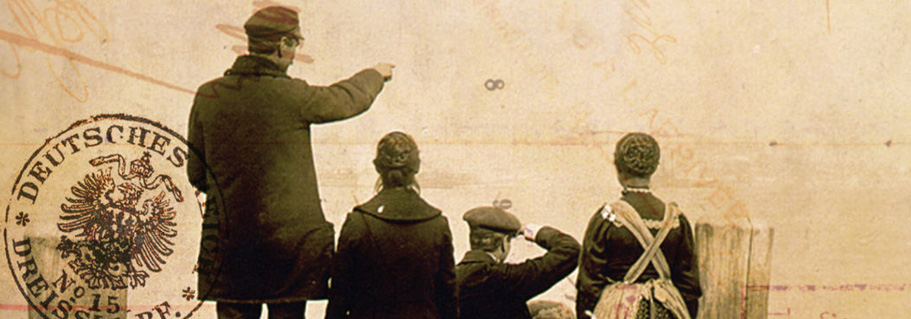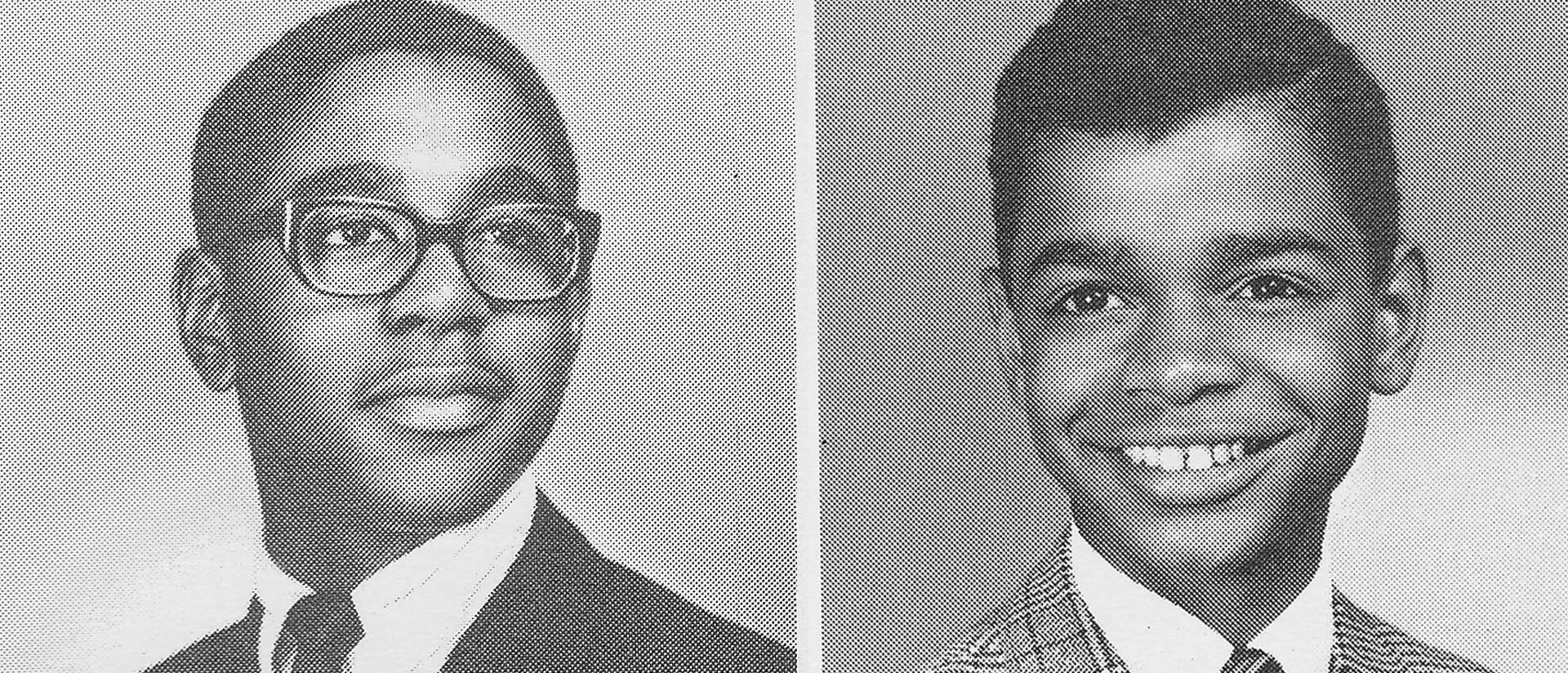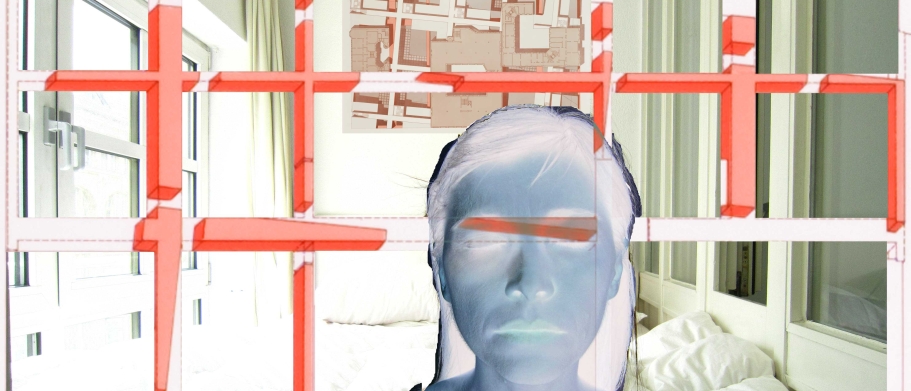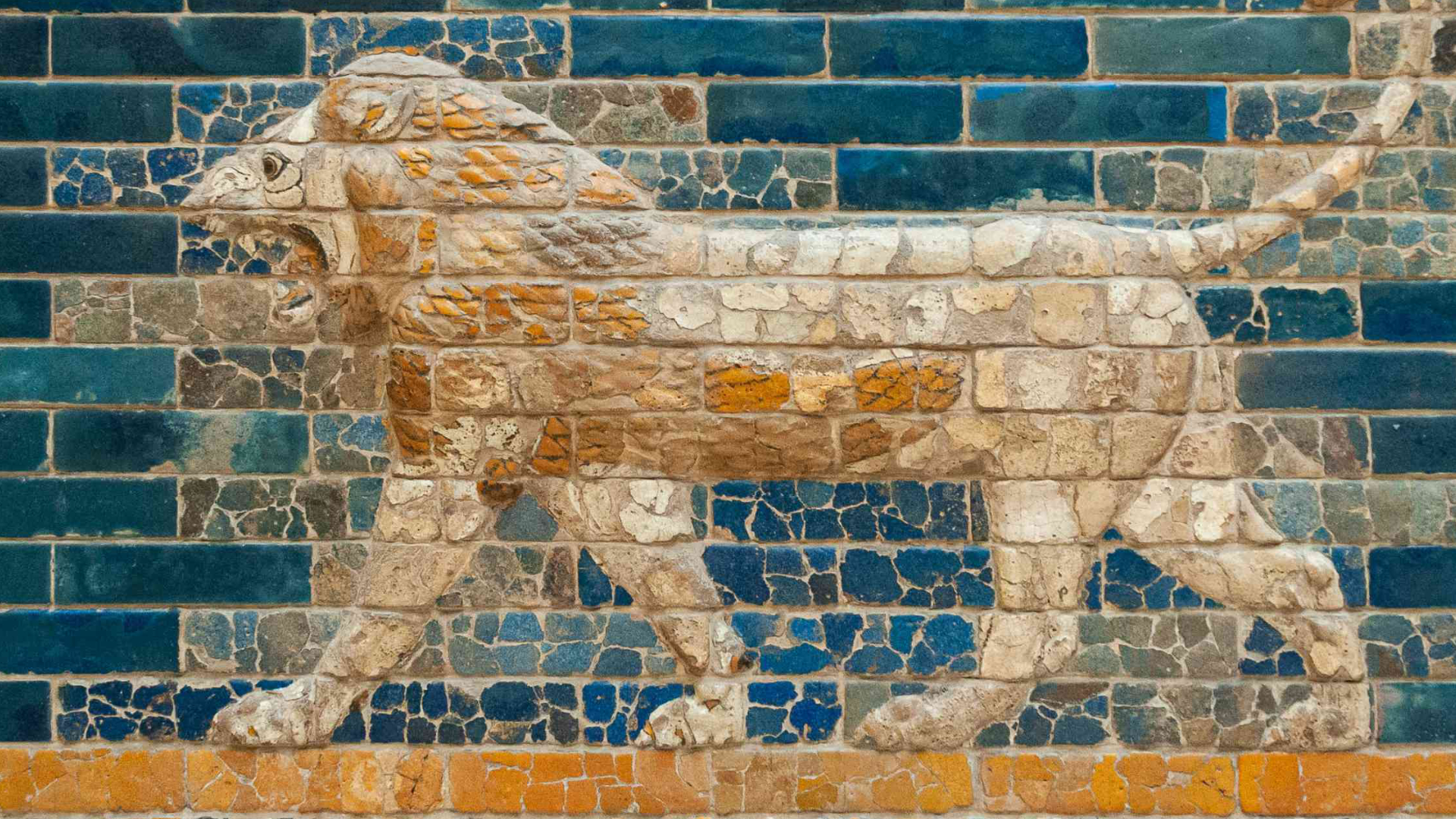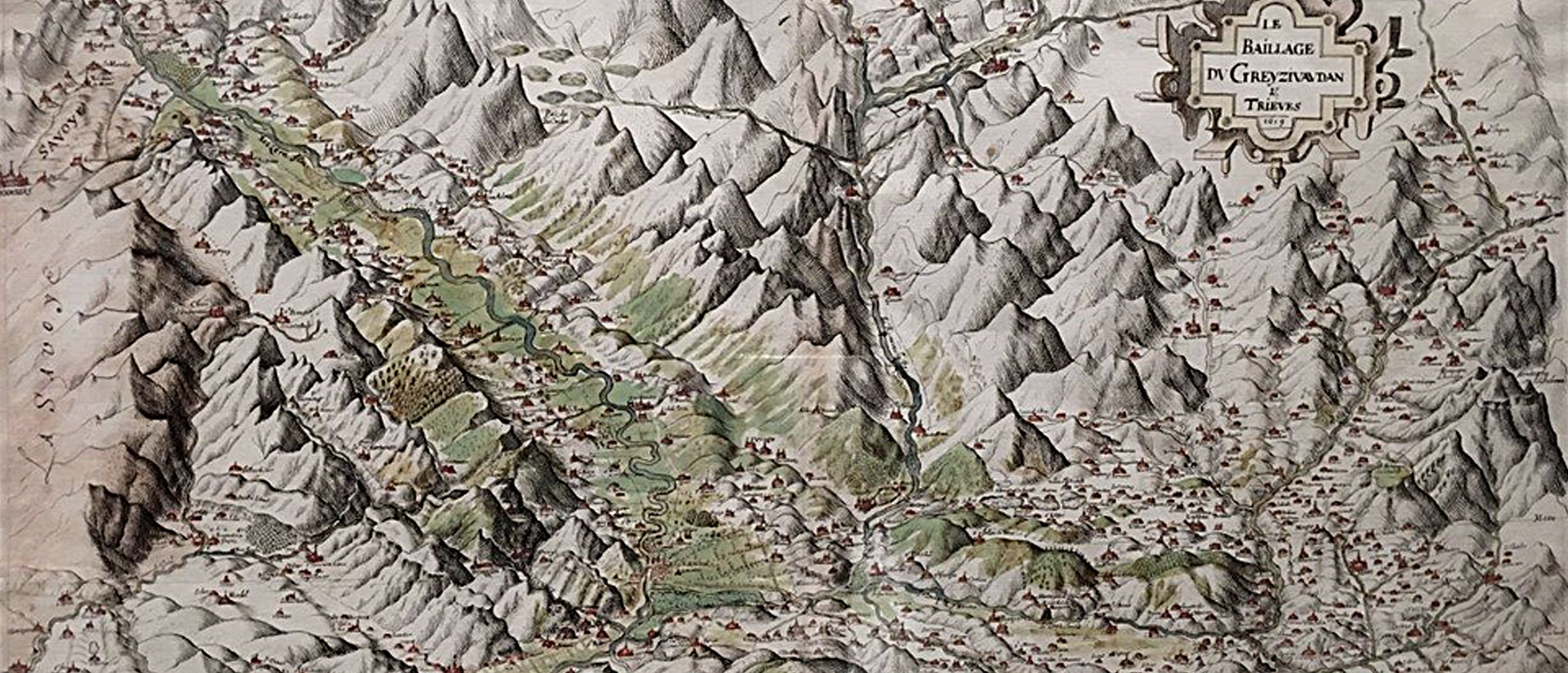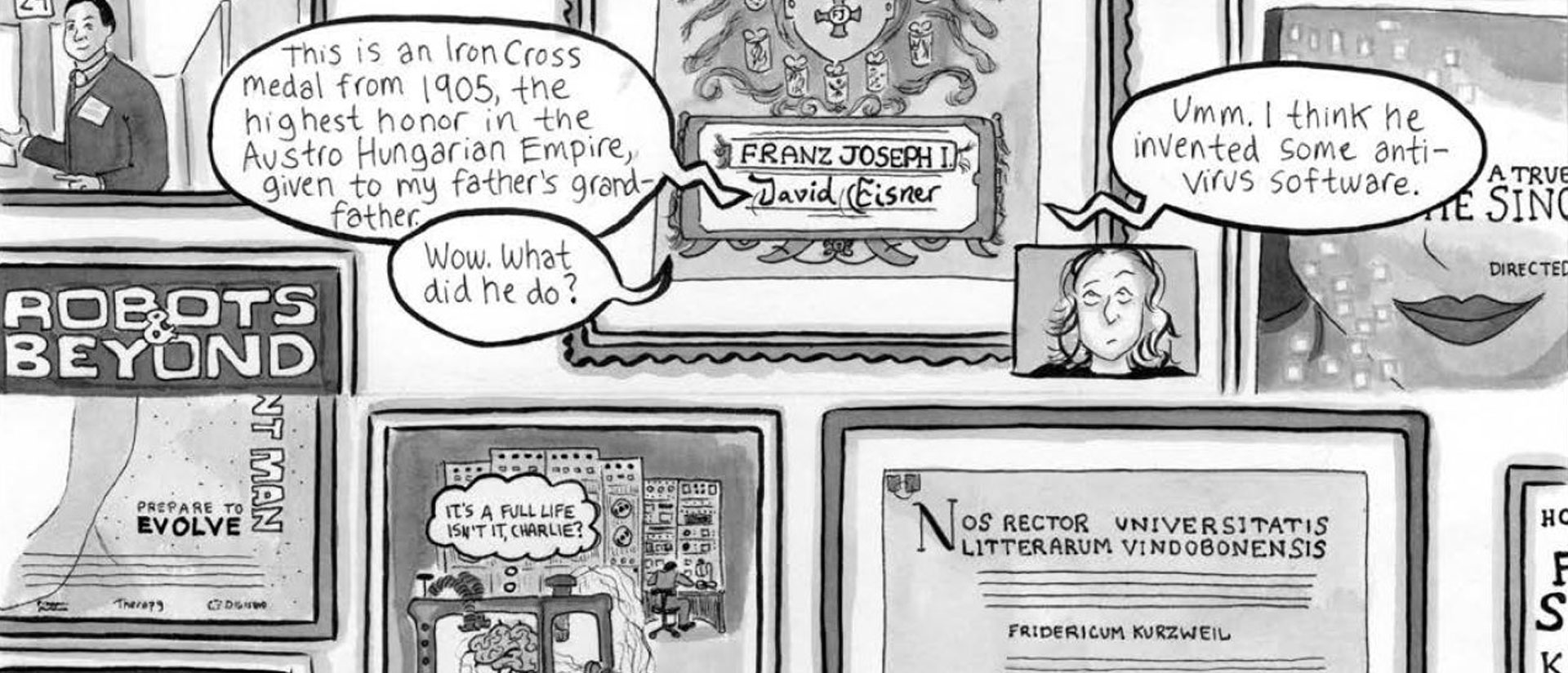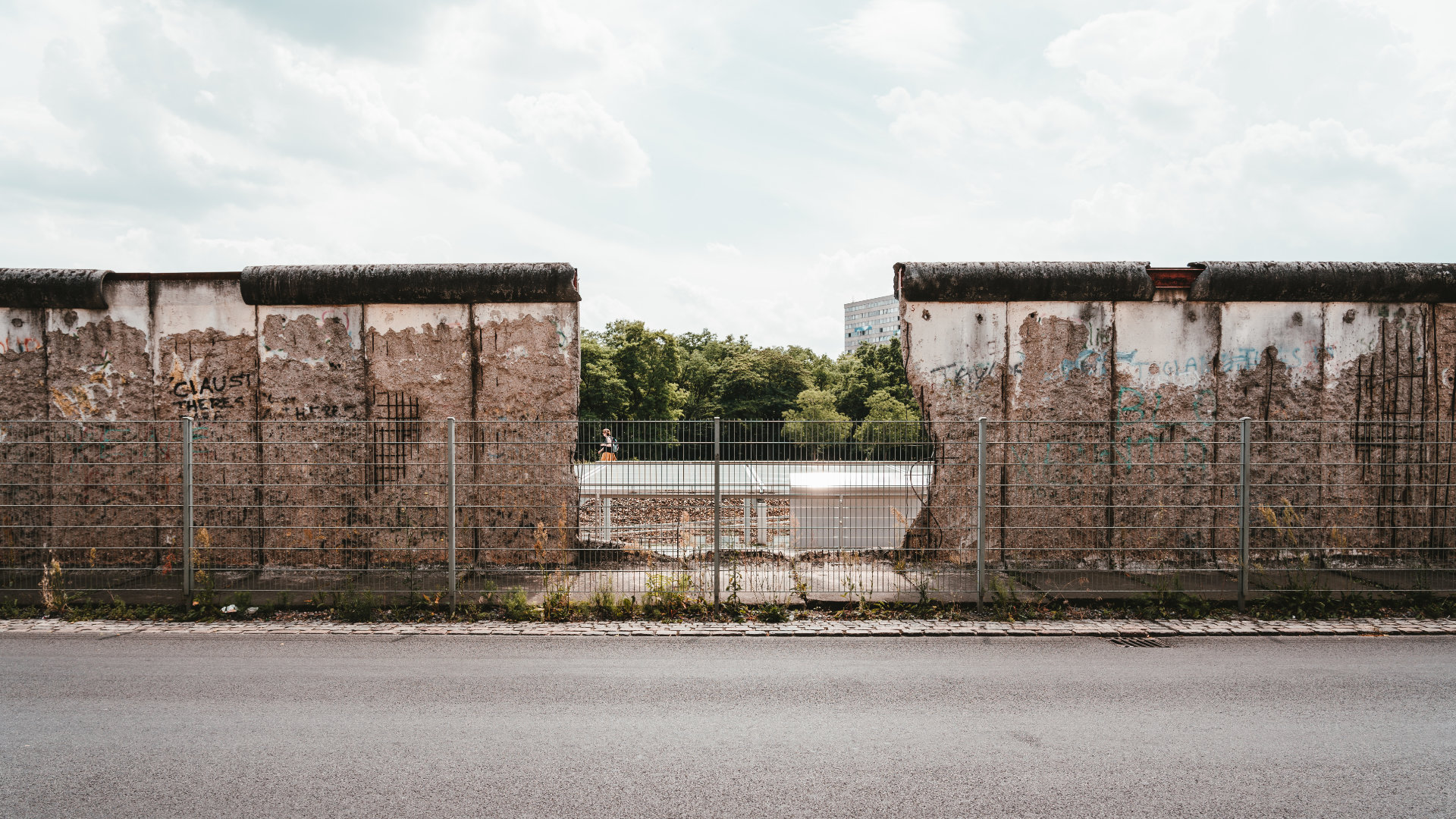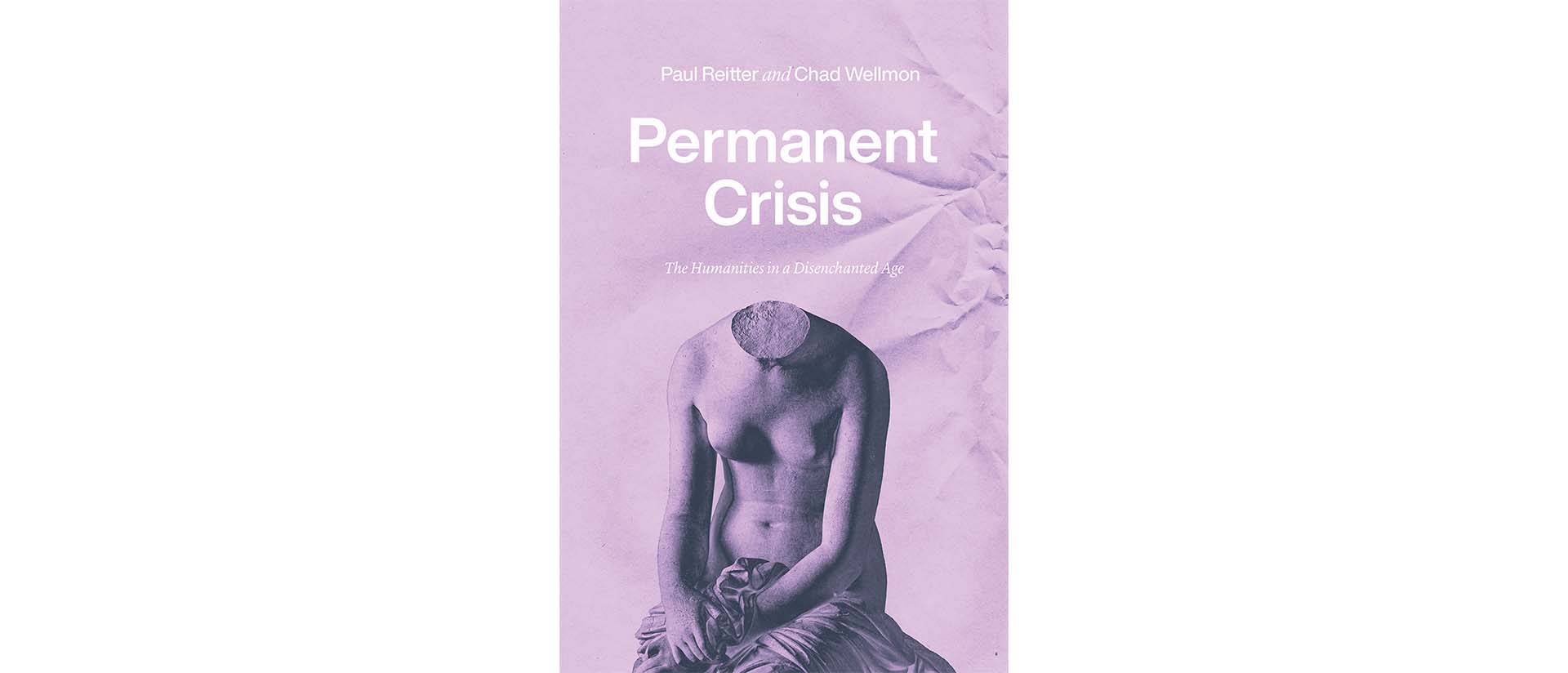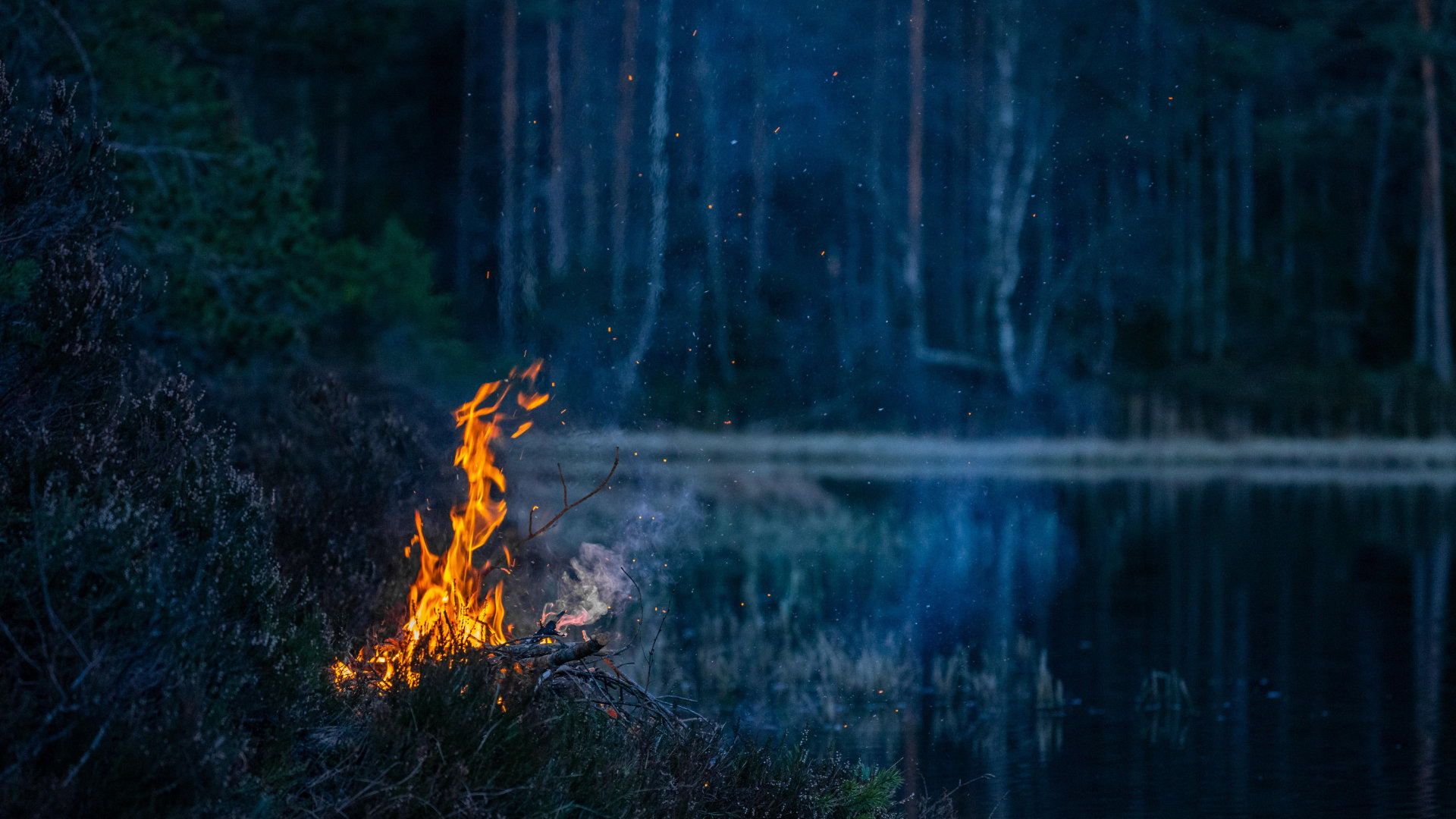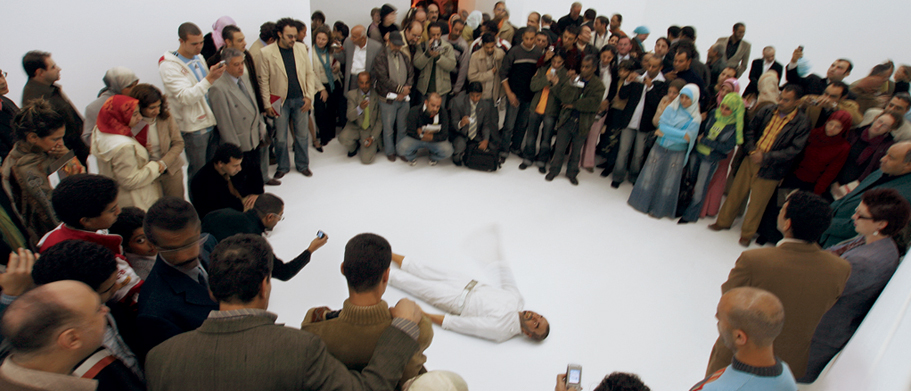
Artist Portfolio
A Scaffolding of Viral Signifiers
by Juli Carson
There’s always a problem with Daniel Joseph Martinez’s artwork, one attended by the perpetual question, “Just who or what is the subject here?” To ask this question is exactly the point.
Martinez’s ethos intentionally refuses the art historian’s straight-on, museological gaze, one tethered to aesthetic movements or genres. Nor can his work be gleaned from the signature, ideological perspective of Left or Right politics. Rather, Martinez’s practice should be approached from the position of the biological term “anamorphosis”—a gradual, ascending progression or change into a higher form. The “subject” of Martinez’s work—both art and artist—pulsates in and out of our line of vision, surfacing from and dissolving into the very scaffolding of heterogeneous signifiers that define it politically and aesthetically. But only then—gleaned from this vantage—does the work appear to us, momentarily, undistorted.
Consider the following critical-theory-inspired works: A proposal by György Lukács—the realist must penetrate the laws governing objective reality in order to uncover the deeper, hidden, mediated network of relationships that go to make up society—results in Martinez’s hosting a series of museum tags inscribed with fragments of the statement “I Can’t Imagine Ever Wanting to Be White.” A proposal by Ernst Bloch—the modernist’s willful flirtation with madness mirrors man’s everyday ensnarement within modernity’s insidious transnational web—leads to his hosting an interdisciplinary installation based on Michel Foucault’s interpretation of the Narrenschiff (Ship of Fools). A proposal by Bertolt Brecht—realism means being able to see hidden laws that decide how the processes of life develop, although such laws cannot be spotted by the camera—sends Martinez off to host a sculpture exposing the imbrication of a planned community in Irvine, California, and settlement housing in Israel’s West Bank. A proposal by Theodor Adorno—since art is the negative knowledge of the world, the artist necessarily maintains aesthetic distance from the world s/he critiques—has the artist showing 121 monochromatic paintings of global organizations committed to enforcing politics through violence. And finally, a proposal by Walter Benjamin—the surrealist strategically mobilizes the outmoded, in which objects of the past flash up in the present the instant they are recognized, then never seen again—results in a Martinez “theatrical” détournement of Jacques-Louis David’s Death of Marat, in which the artist casts himself in three parts of a murderous orgy.
One of the Frankfurt School’s primary debates—the disagreement over which aesthetic best served progressive politics—produced the avant-garde dialectic between realism and modernism. It’s a residual debate that pops up in the dialectic between first-generation conceptualism and late-modernist painting (in which Martinez was schooled, at CalArts) and continues in the contemporary dialectic between social practice and gallery exhibition. In addition to these influences, Martinez is an autodidact of such unexpected sources as the sixteenth-century philosopher-heretic Giordano Bruno, the first theoretician of an infinite universe. Bruno was burned at the stake, but perhaps his real crime was a disavowal of dialectics—practiced by scholastic Dominicans and Neoplatonist Augustinians—alternately writing in Latin for one audience and in dramatist vernacular for another. This “whatever works” tactic echoes another of Martinez’s sources, On the Sublime, in which the Greek rhetorician Longinus argues that it is of little importance which literary genre and subject matter the artist took in his aesthetic pursuit. As a matter of transgressing conventions of thought, the sublime could be found in any artwork made accordingly. In many ways, the ancient “sublime” translates into the twentieth-century “avant-garde” and then into the twenty-first-century “critical.”
Viewed this way, Martinez’s corpus is less humanoid than it is viral—an “organism” whose indigenous “inside” is given enduring life by an “outside” agent. The metaphor is apt: as a class of infectious agents distinguished by their smallness, viruses pass through very fine filters that block other cells. This transgressive capability is essential to a virus’s survival, in that it replicates by using the biochemical mechanisms of a given host to synthesize and assemble its separate components. Because the virus’s host varies radically in shape and form, the parasitic virus (alone) is untraceable through normative morphological analysis. Martinez’s work likewise eludes art-historical accounts that are defined by the linear, dialectical flow of one historical event after another within a larger succession of homogenous movements. Martinez—the contemporary art canon’s heretical artist-virus—defies definitive historical placement and reasoning because he is a shape-shifter, instantly adapting to the discursive host cell his artwork invades in order to both contaminate that host and replicate itself through it. The heterogeneous invasion into a homogeneous host demarcates the artwork-retrovirus’s “content,” while the ultimate “form” that this retrovirus takes—after its invasion—is purposely arbitrary.
If I have conflated the proper noun “Martinez” with the noun “artwork” under the term “virus,” it’s to underscore that the artist—present in his practice—is an agent paradoxically under erasure, which brings us to deconstruction. Derrida famously pondered the impasse of the spoken word, at once authenticating the subject’s presence outside language and ensnaring him or her within it. For the very word-image-utterance made as proxy for the subject’s presence simultaneously instances his or her own absence. Hence Derrida’s insistence that writers and artists alike recognize the heterogeneity of the word or sign: at once there and not there. As he argued: “One cannot get around [this], except by […] beginning to think that the sign is that ill-named thing, the only one, that escapes the instituting question of philosophy: ‘what is . . . ?’” This signature graphic mark of deconstruction—Derrida’s striking through the privileged present-tense form of the verb to be—accurately reflects the heterogeneity of the sign. To simply negate it, to remove or not use the word “is,” would be a dialectical reversal, circling us back to mythological, pure presence. Analogously, if any graphic operation could be imagined as picturing Martinez’s aesthetic operation—combining the positivist strategies of first-generation conceptualism with a branch of Derridean identity aesthetic-politics—the is would be it.
Such is the contagious work of Daniel Joseph Martinez. □
Art historian, critic, and curator Juli Carson is Professor of Art at the University of California at Irvine. Artist Daniel Joseph Martinez is the Donald Bren Professor of Art at the Clair Trevor School of the Arts, University of California at Irvine. He is the fall 2016 Guna S. Mundheim Fellow in the Visual Arts. This article was published in The Berlin Journal, Nr. 30, Fall 2016, pp. 58-63.

